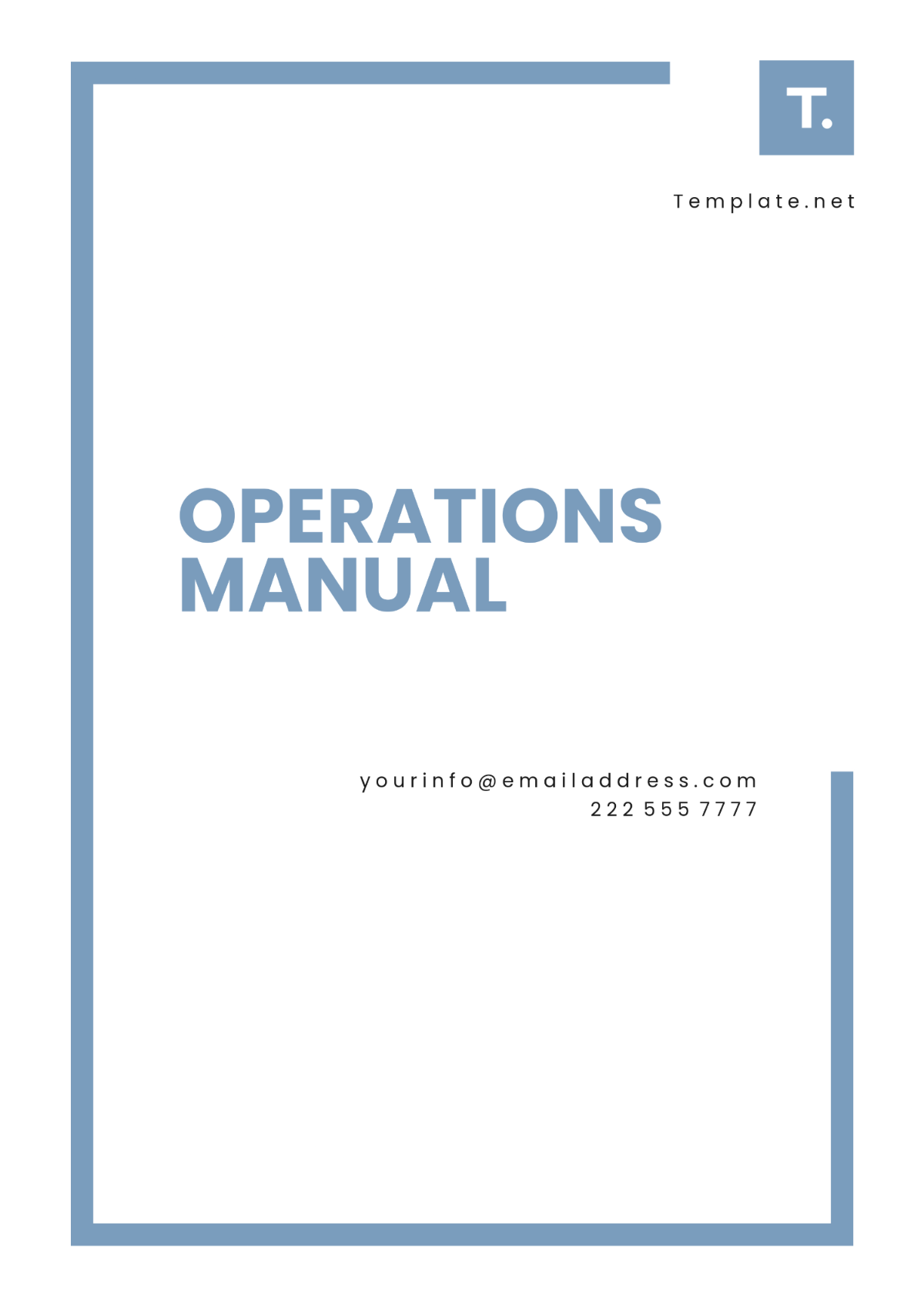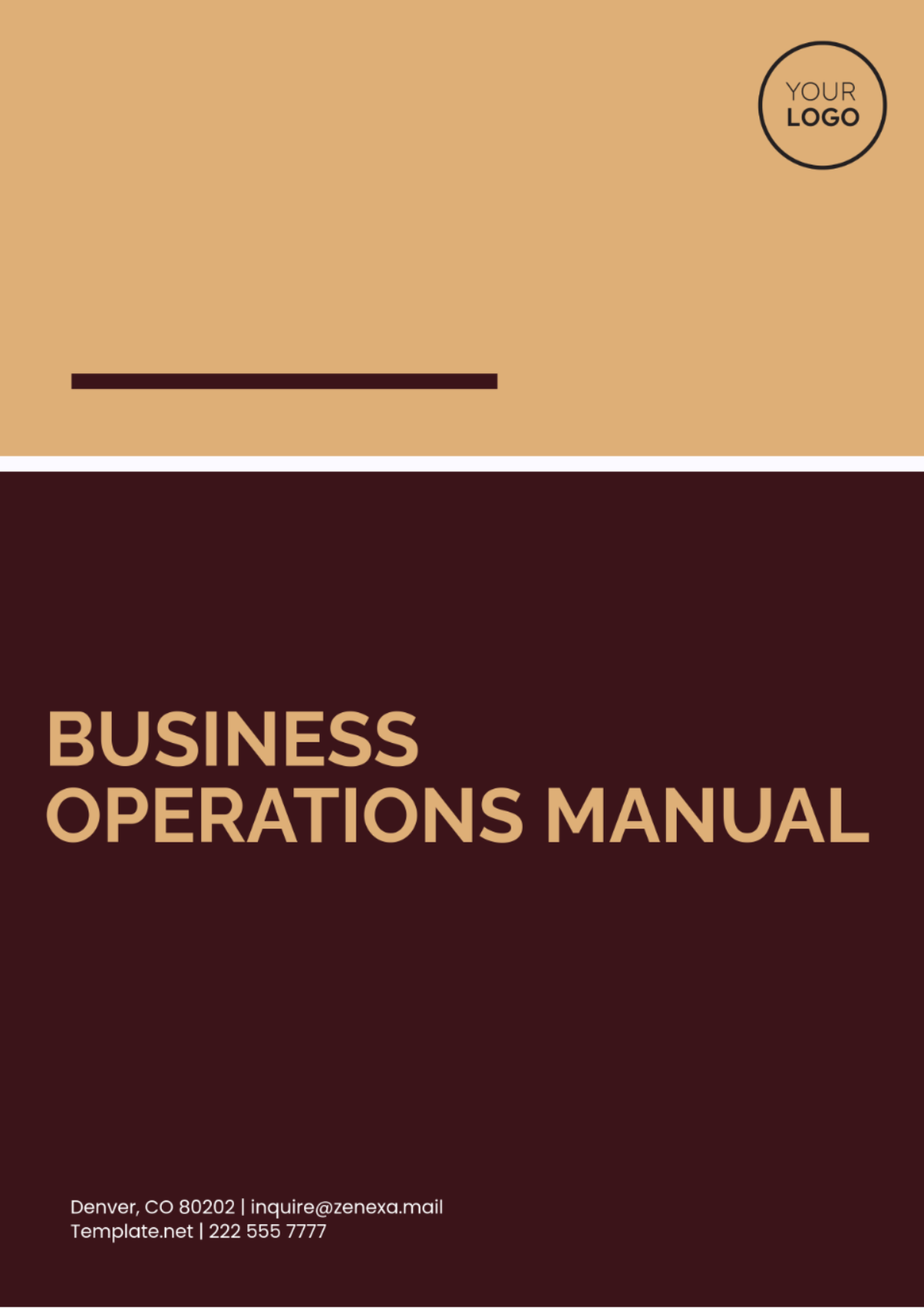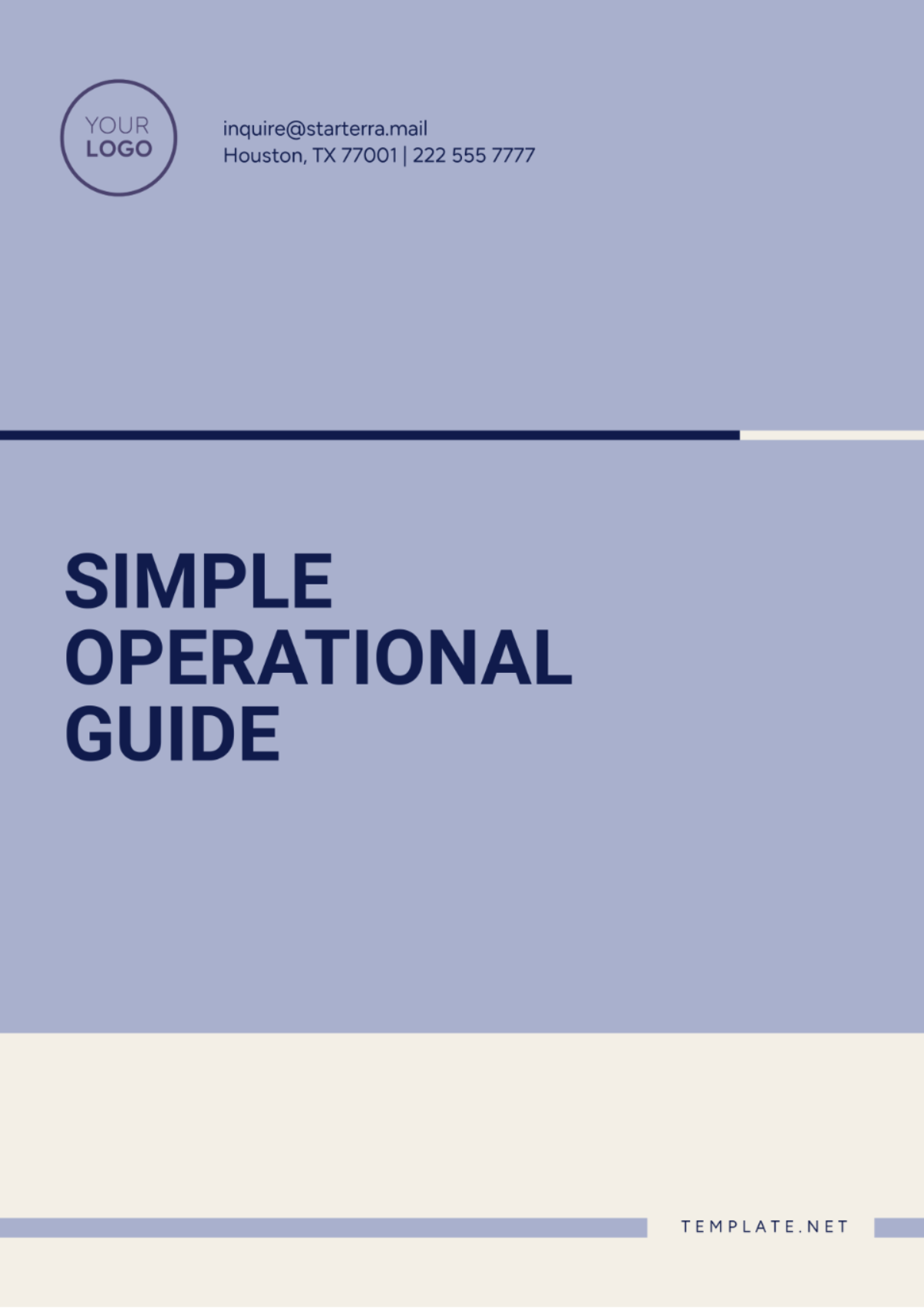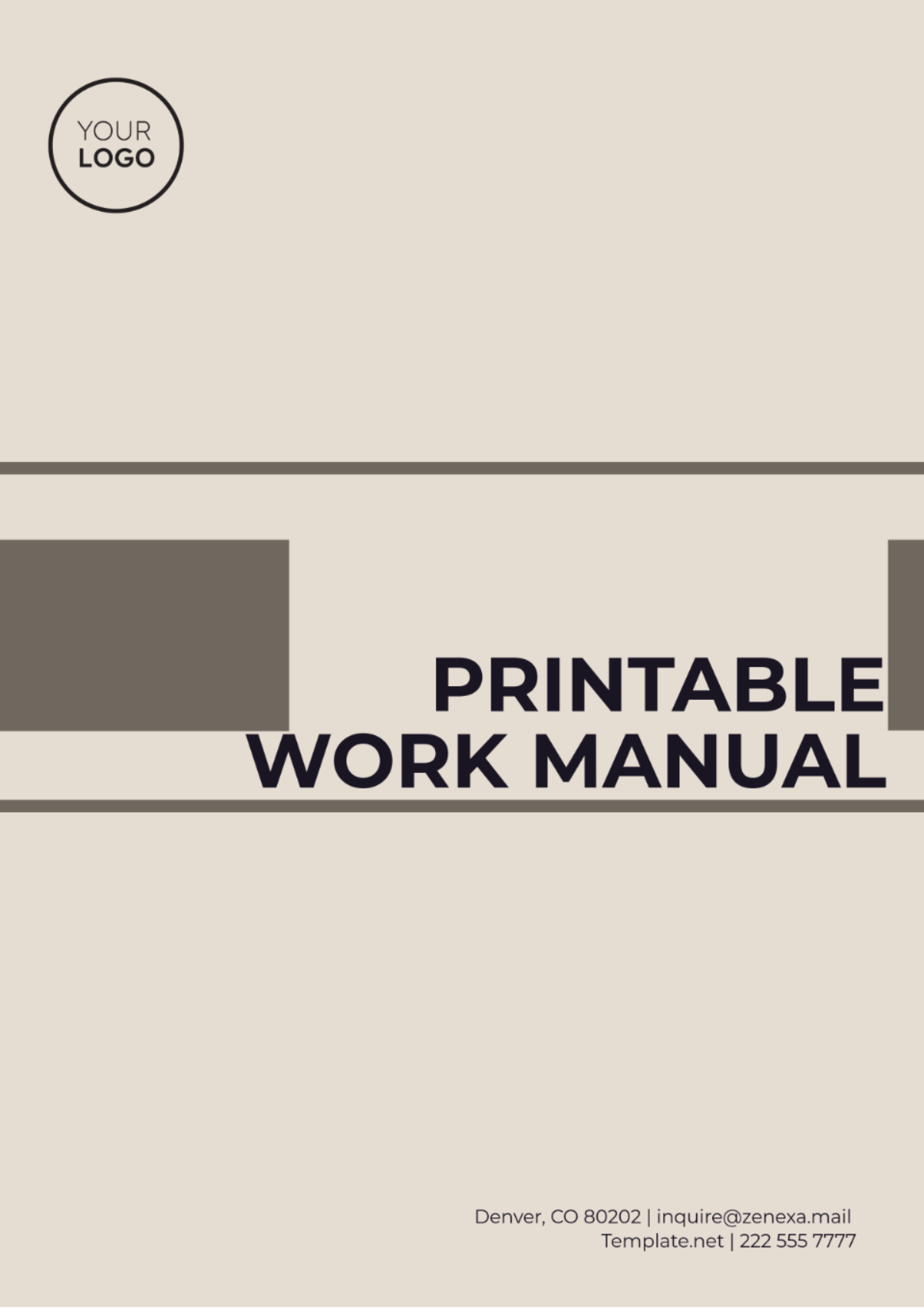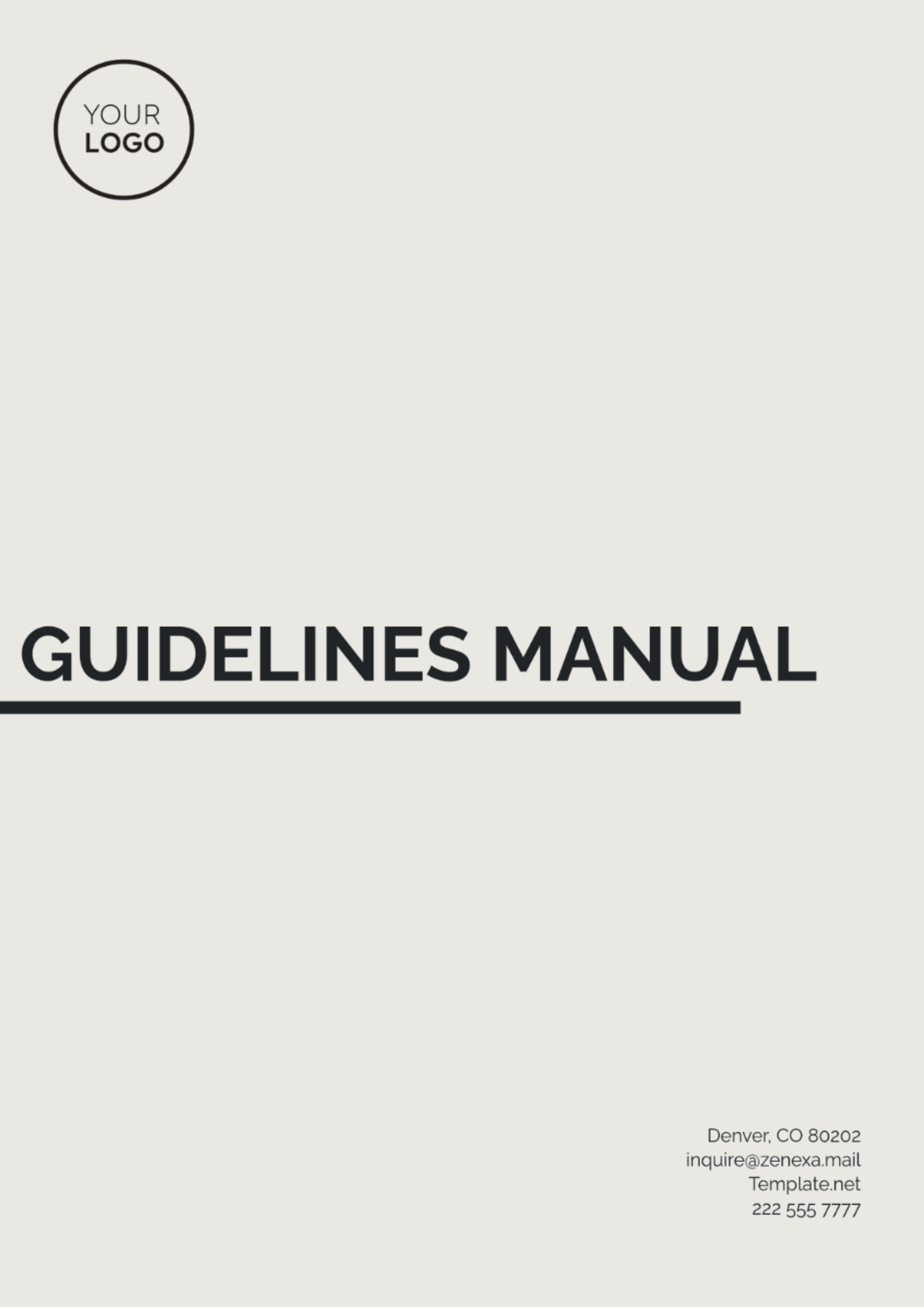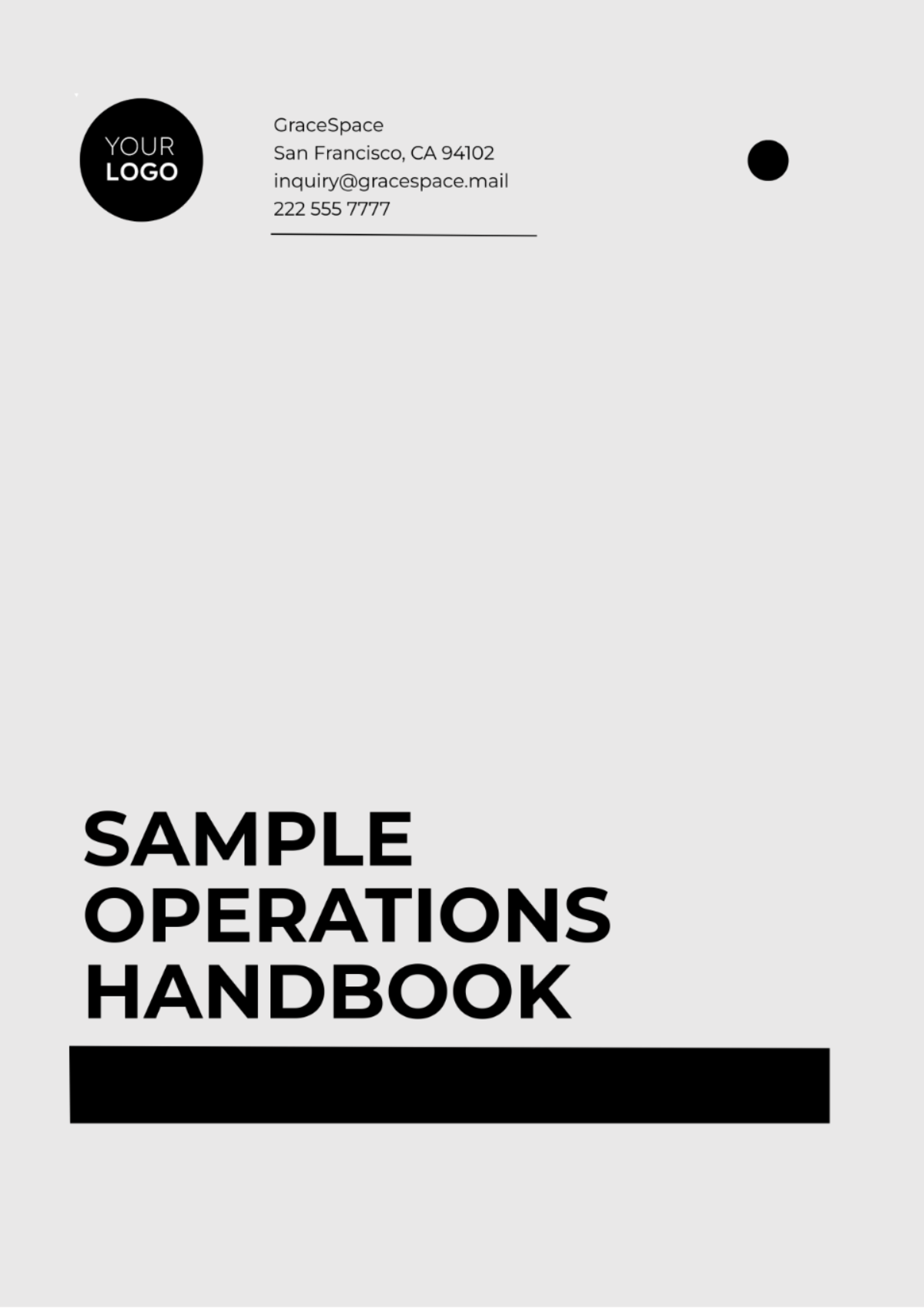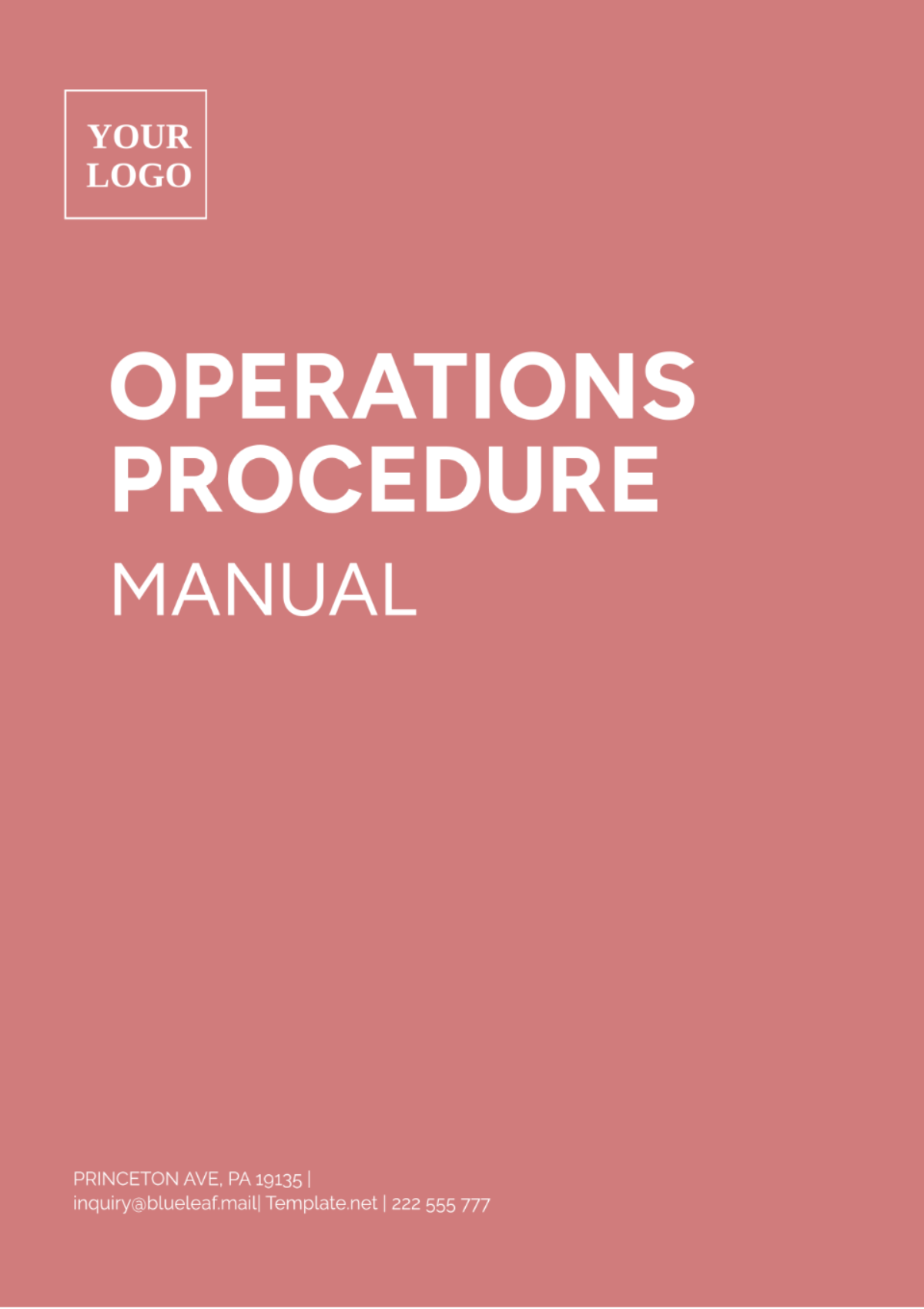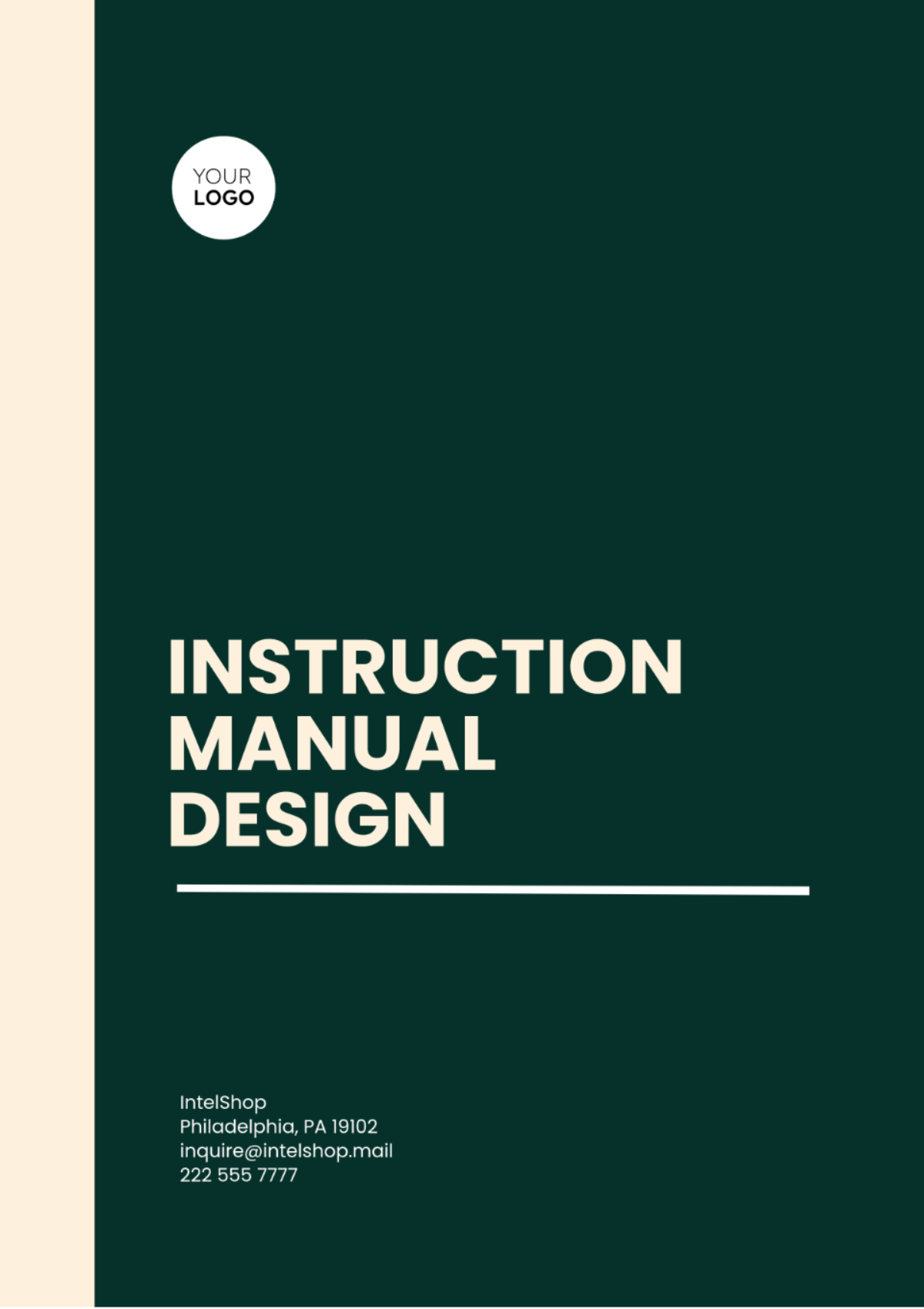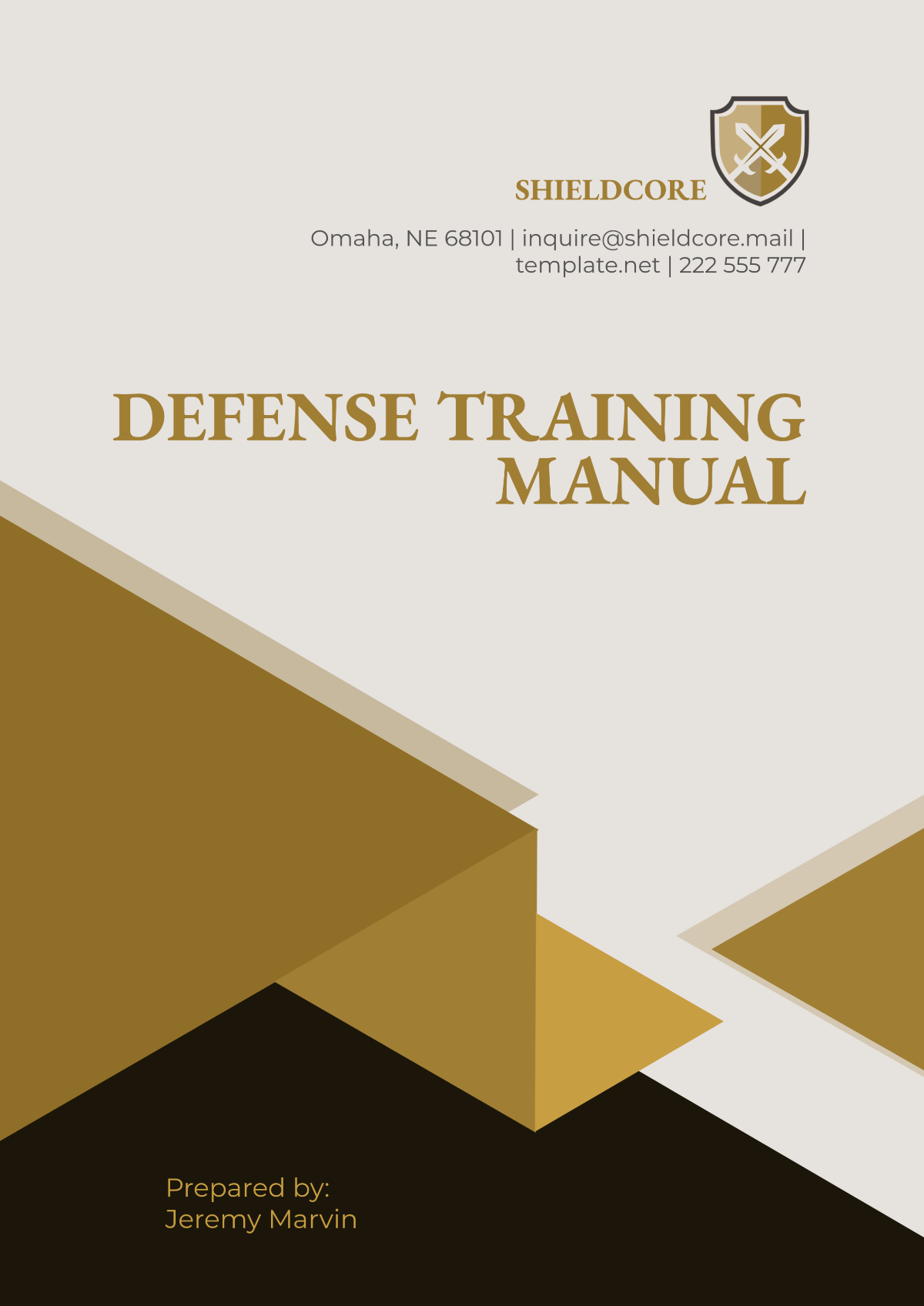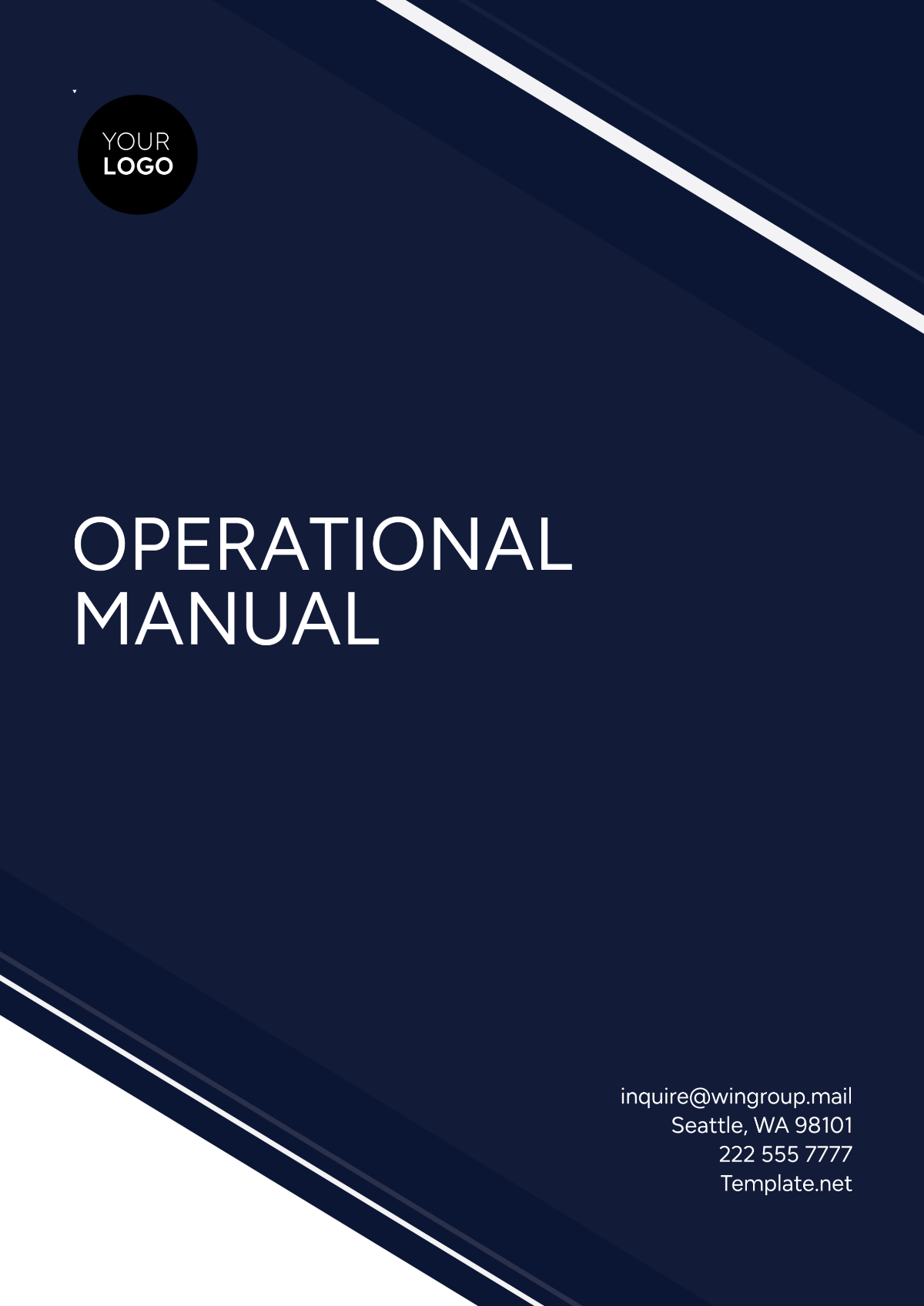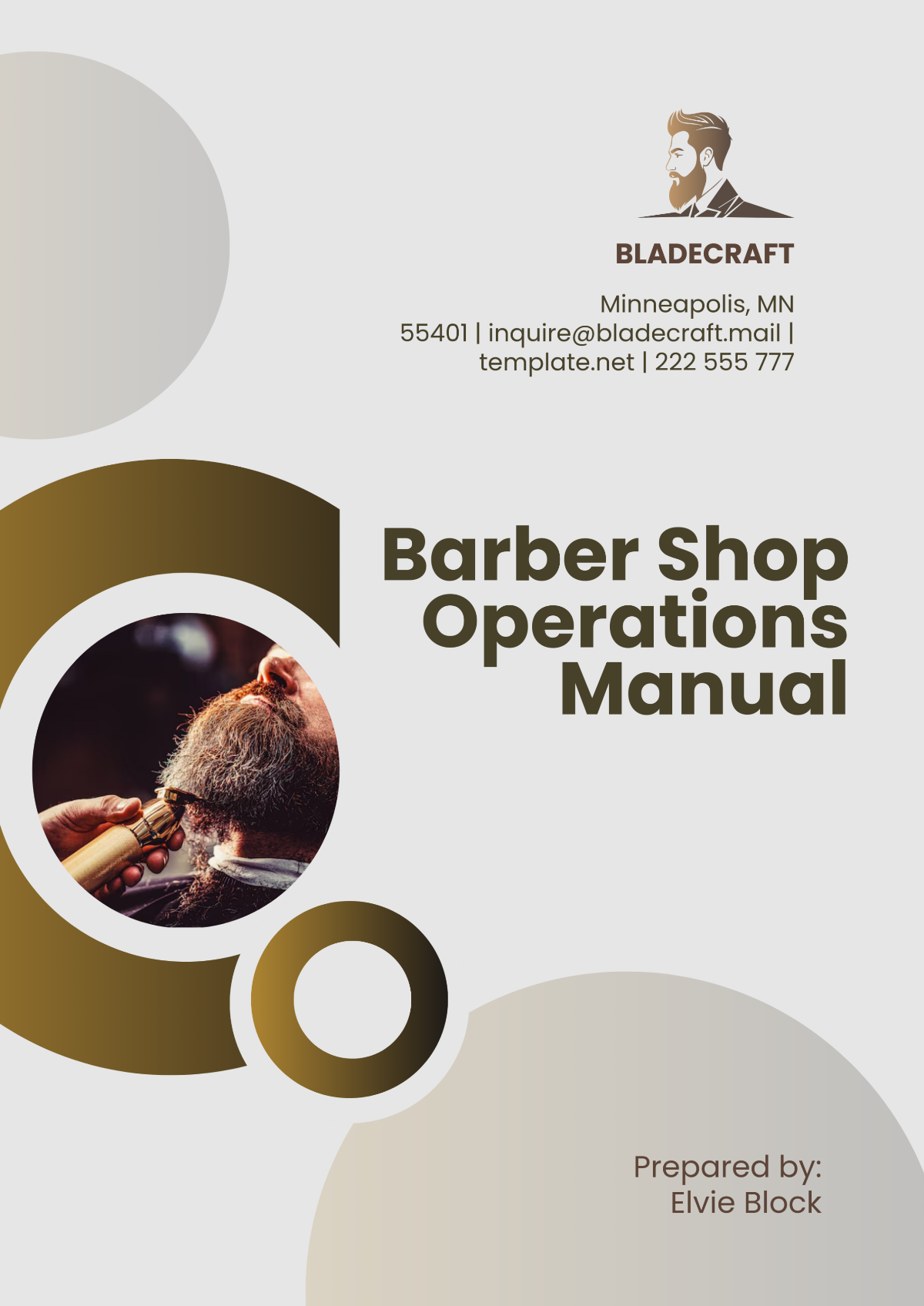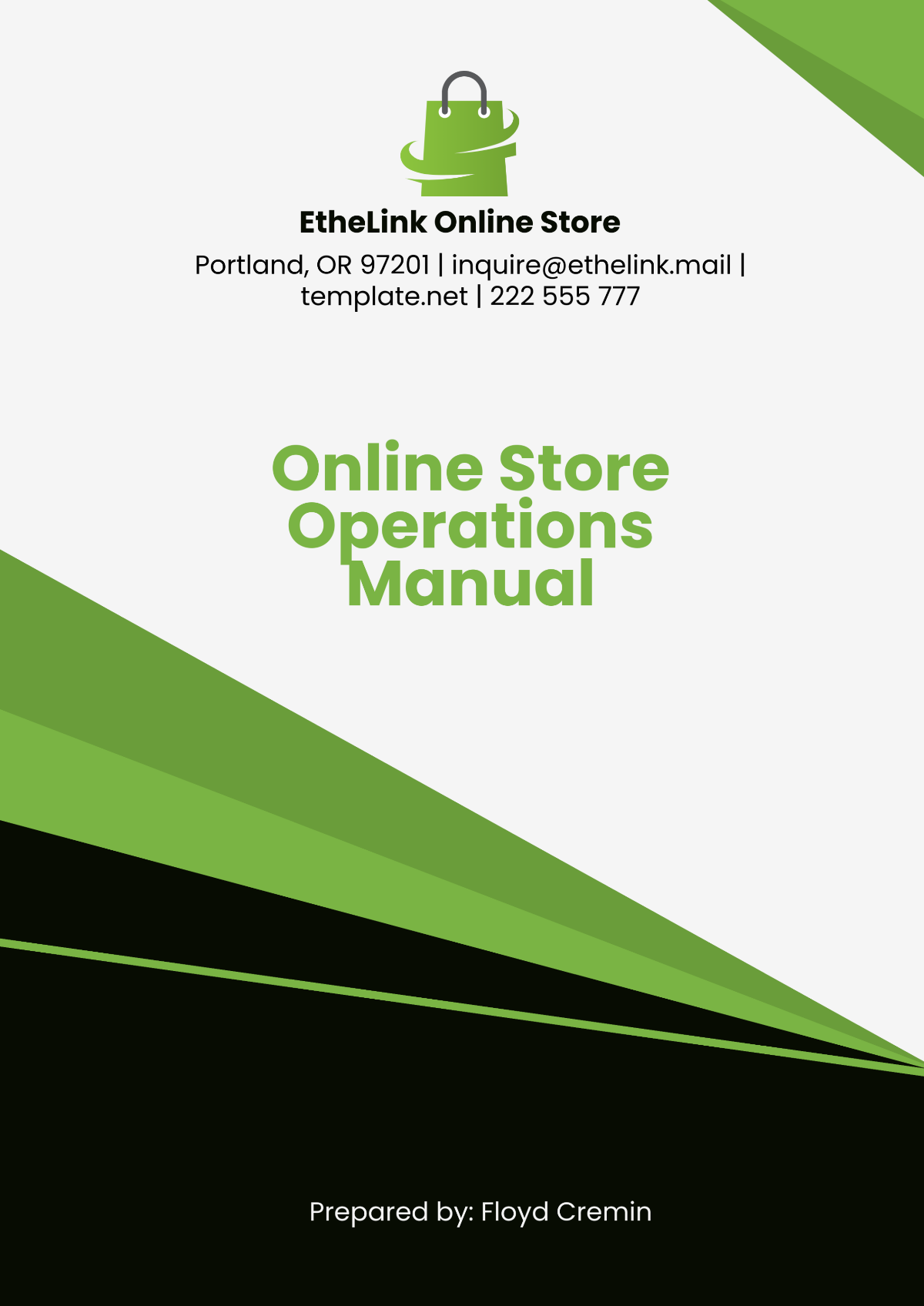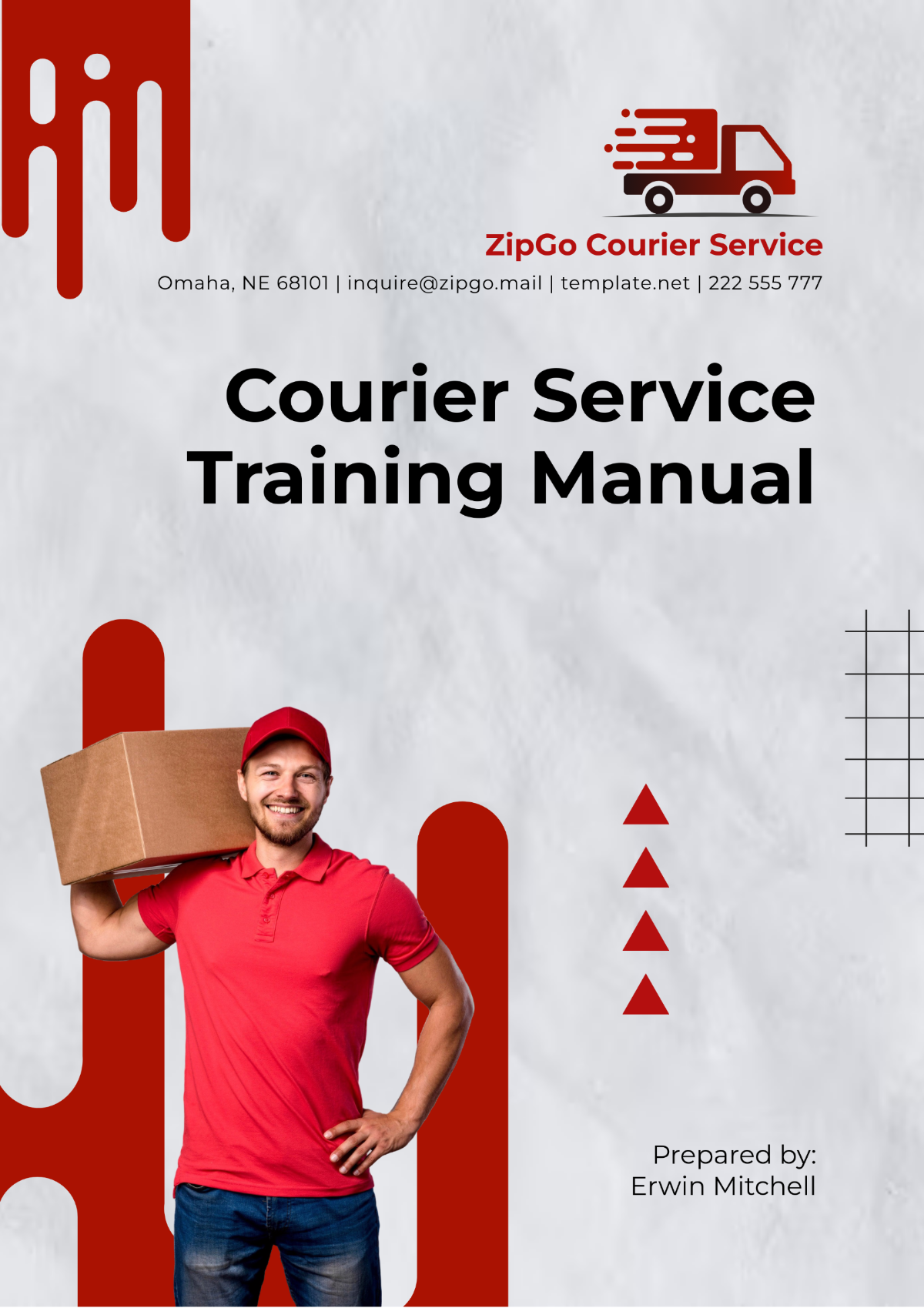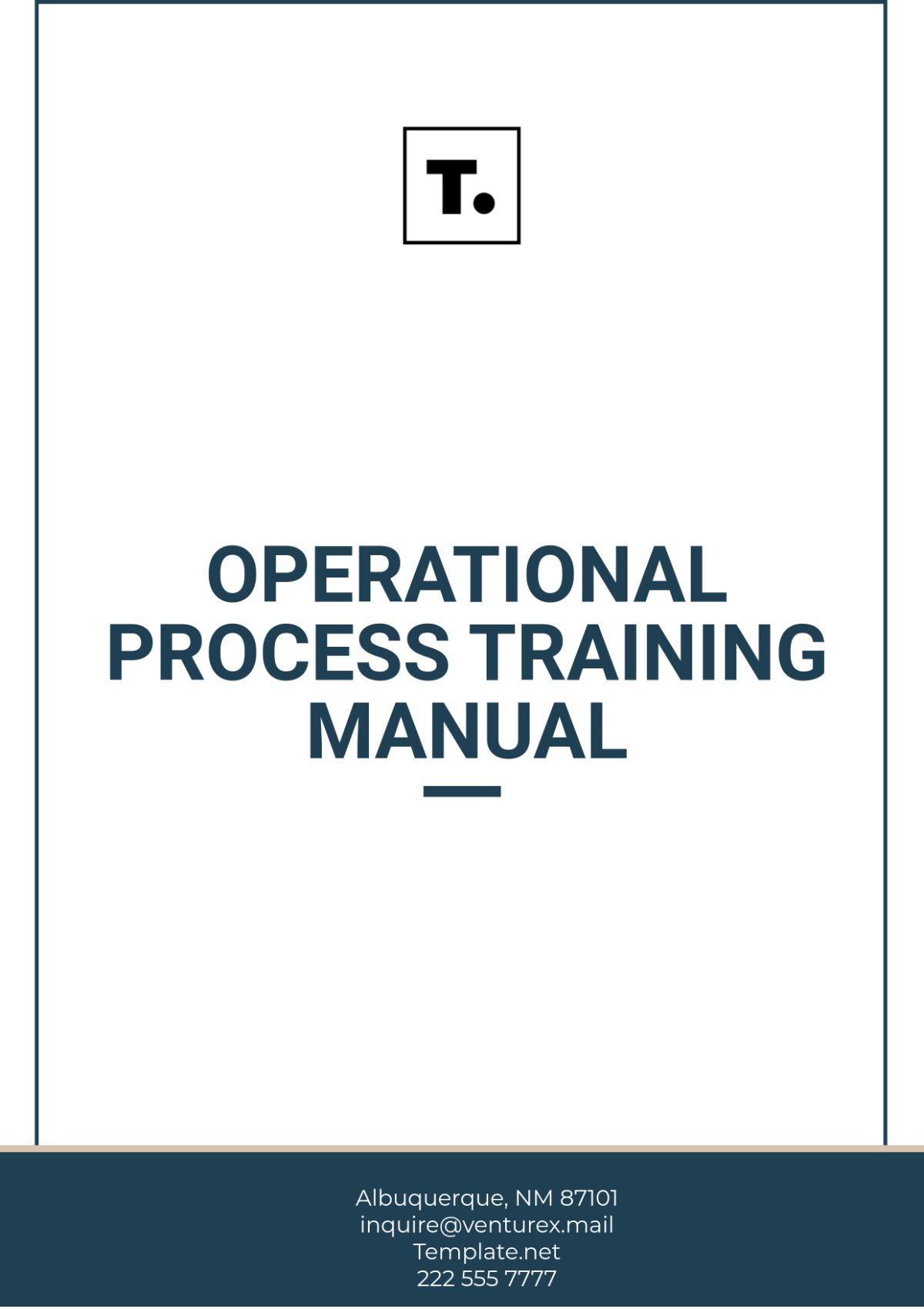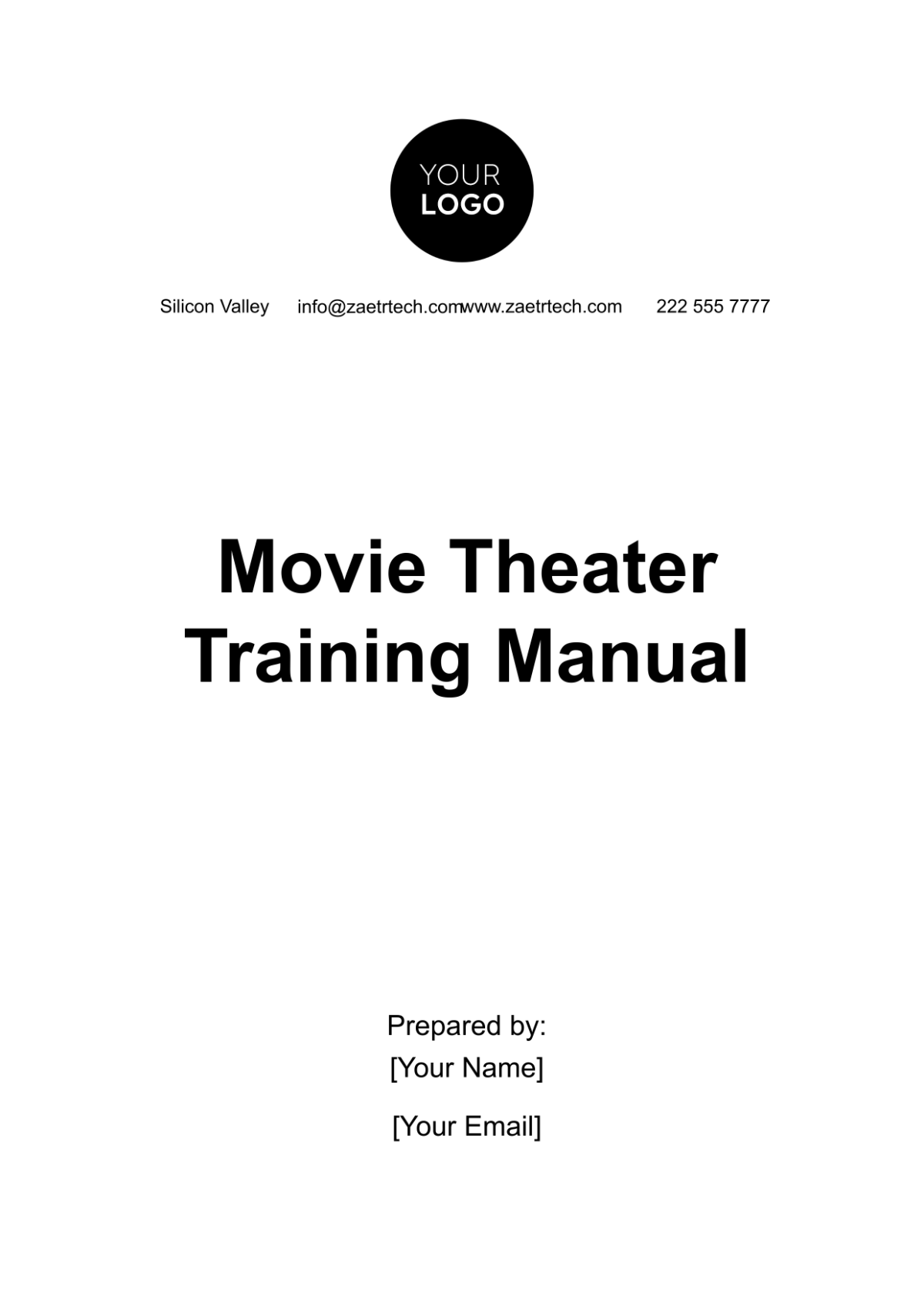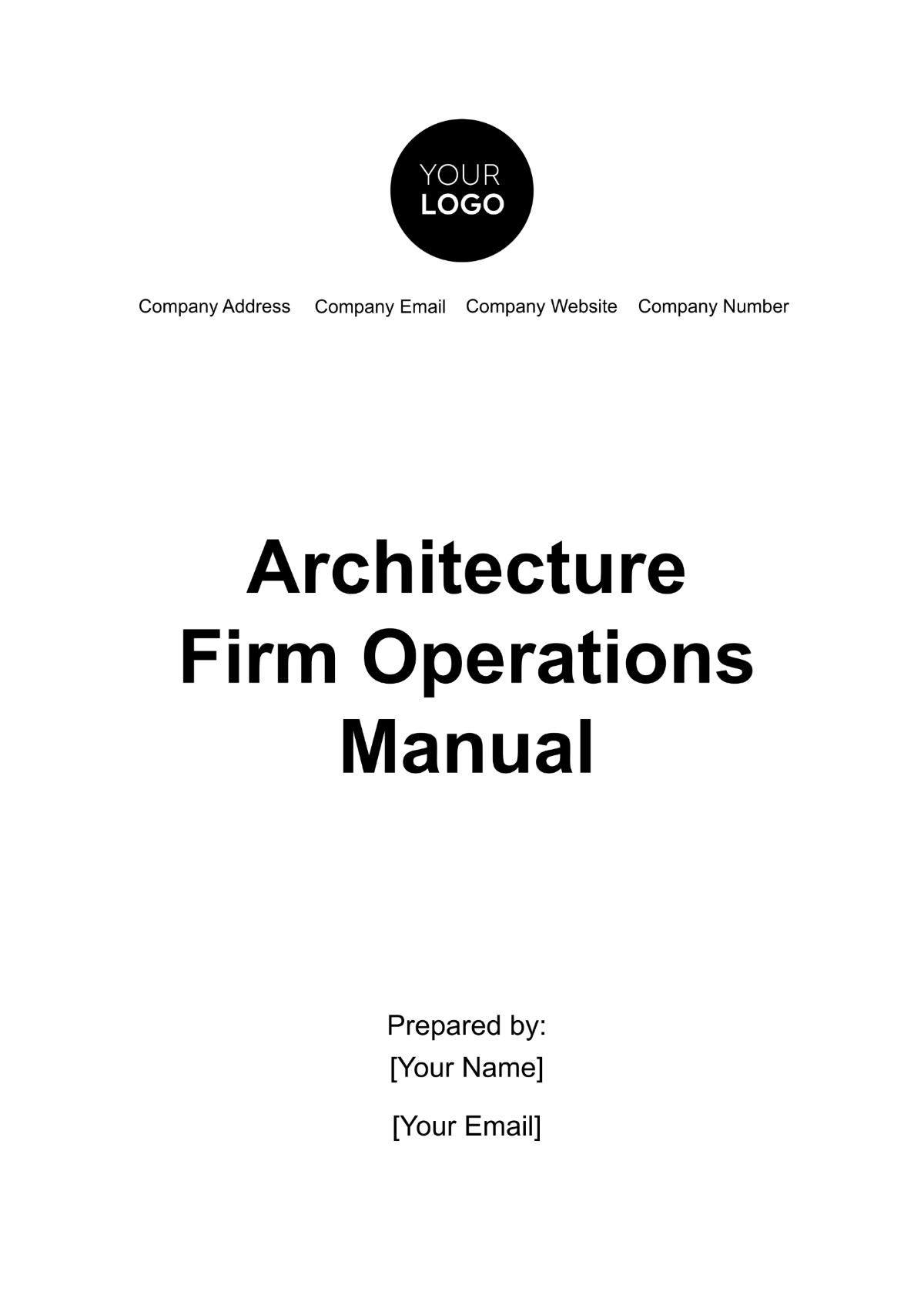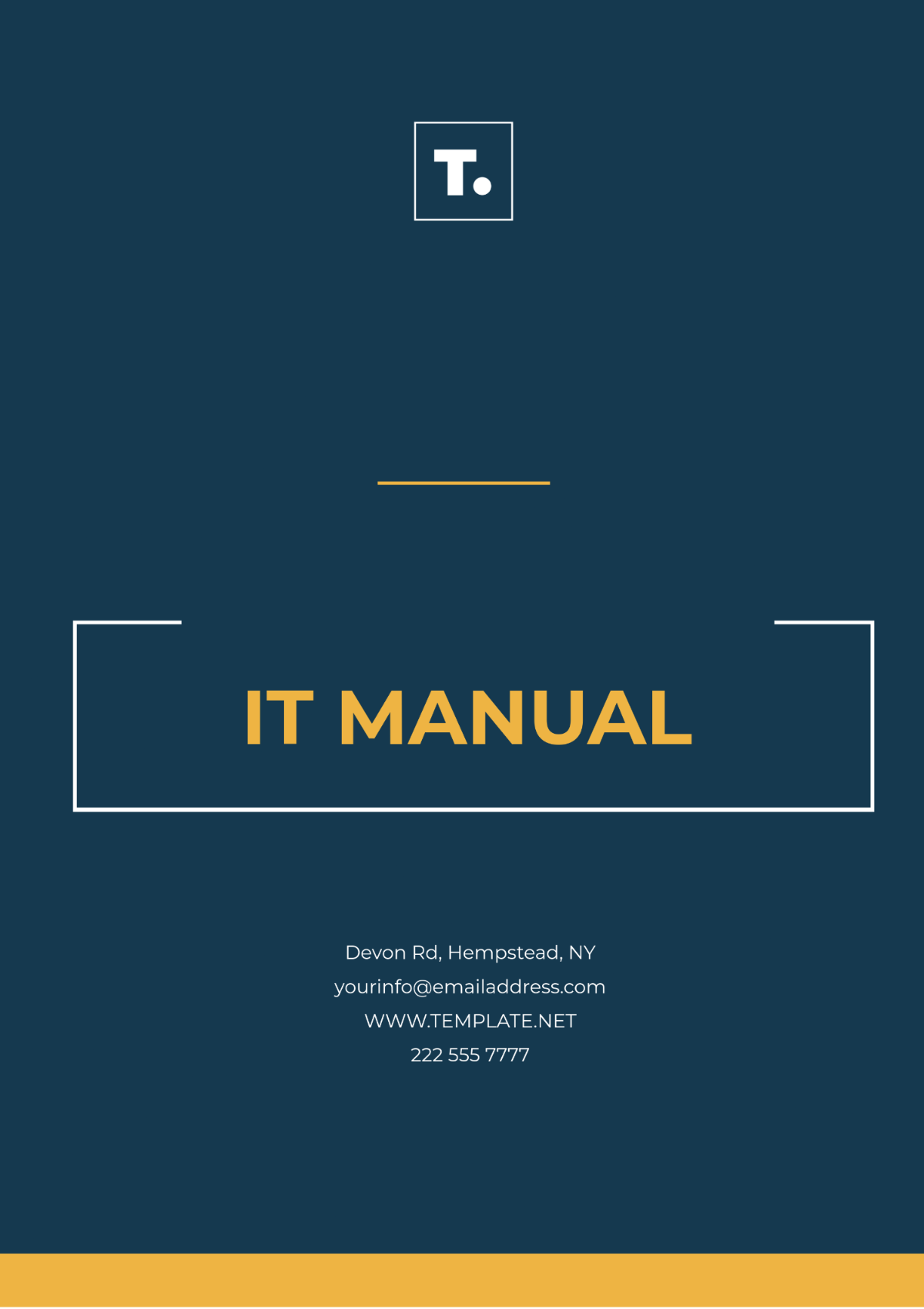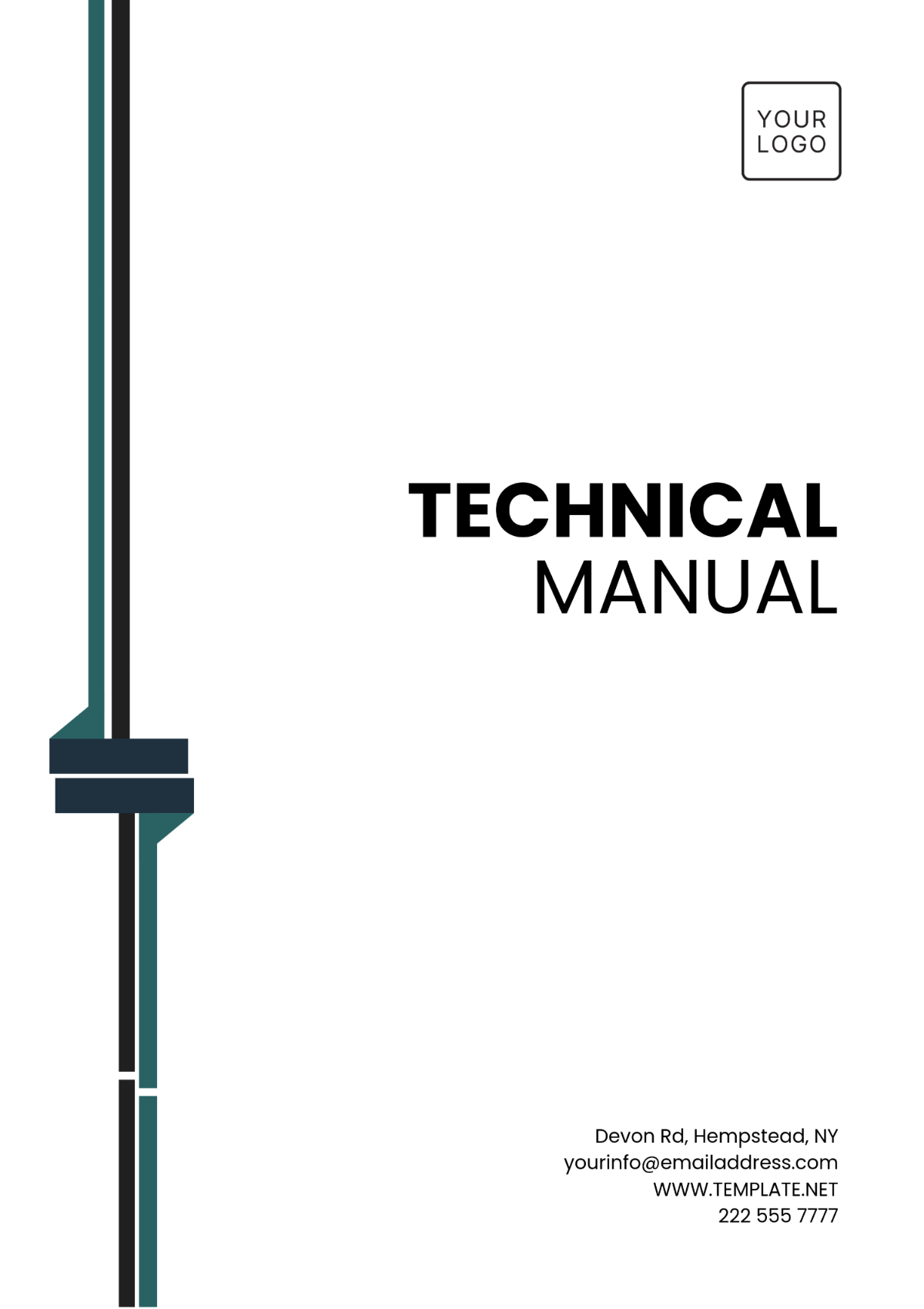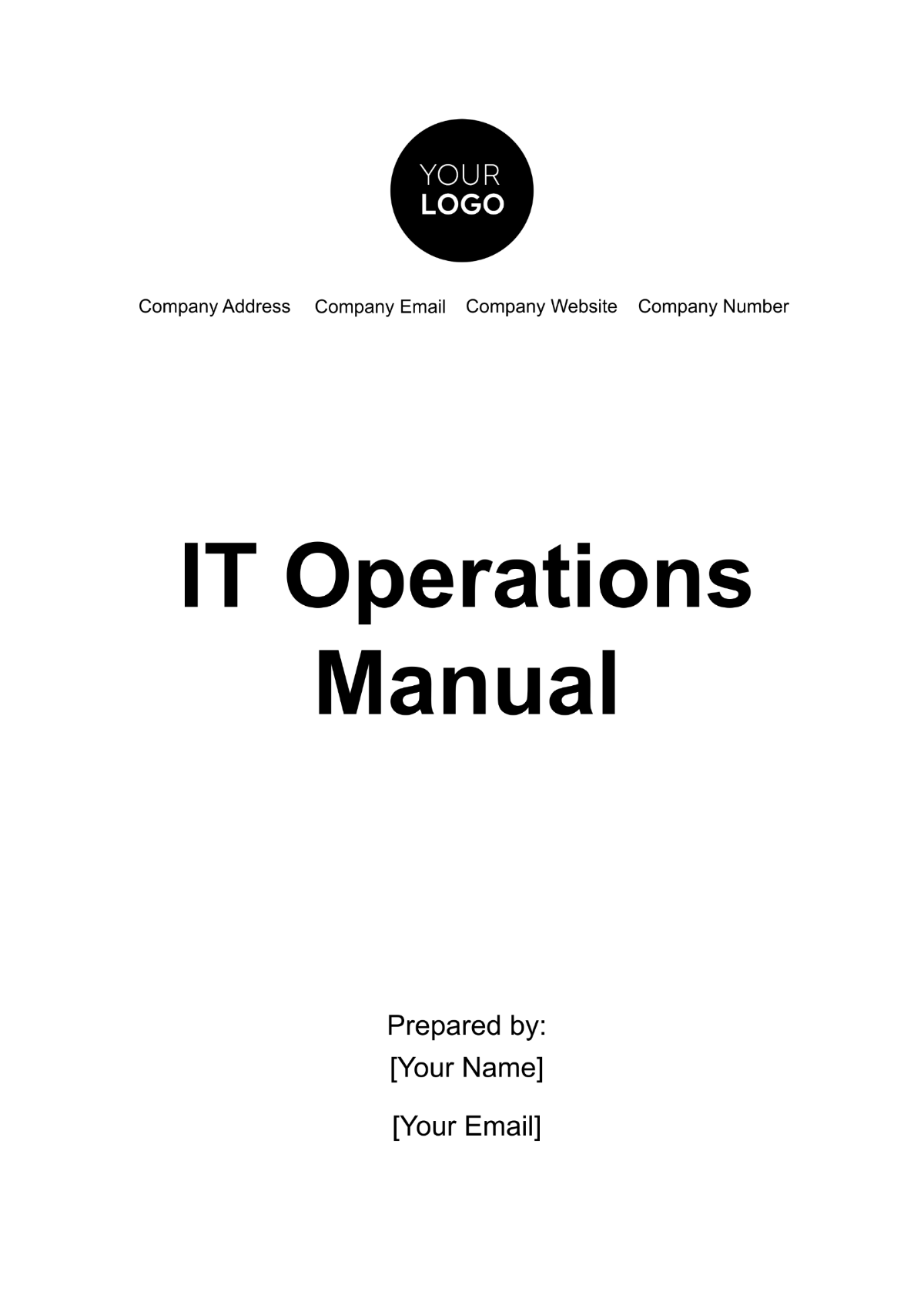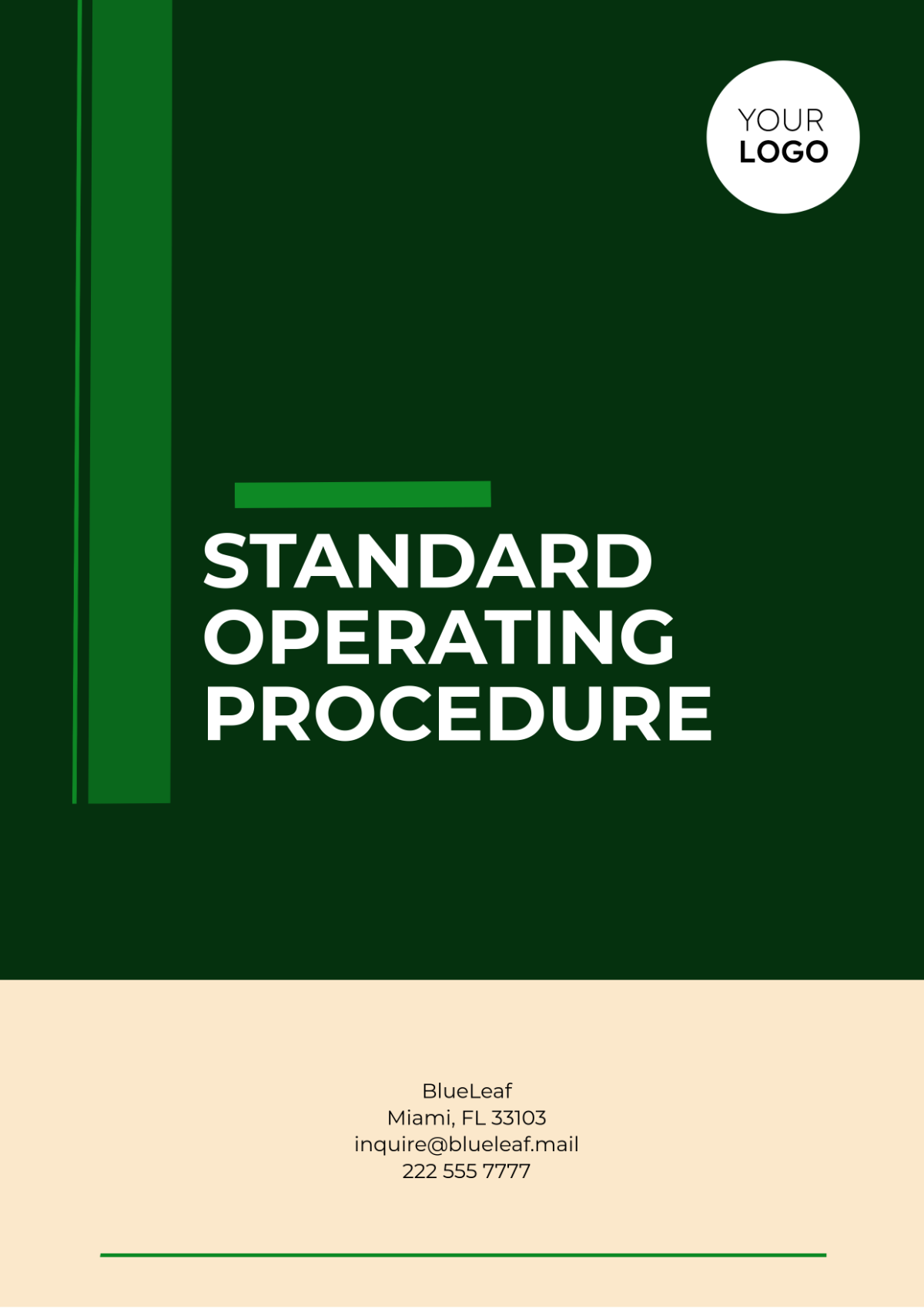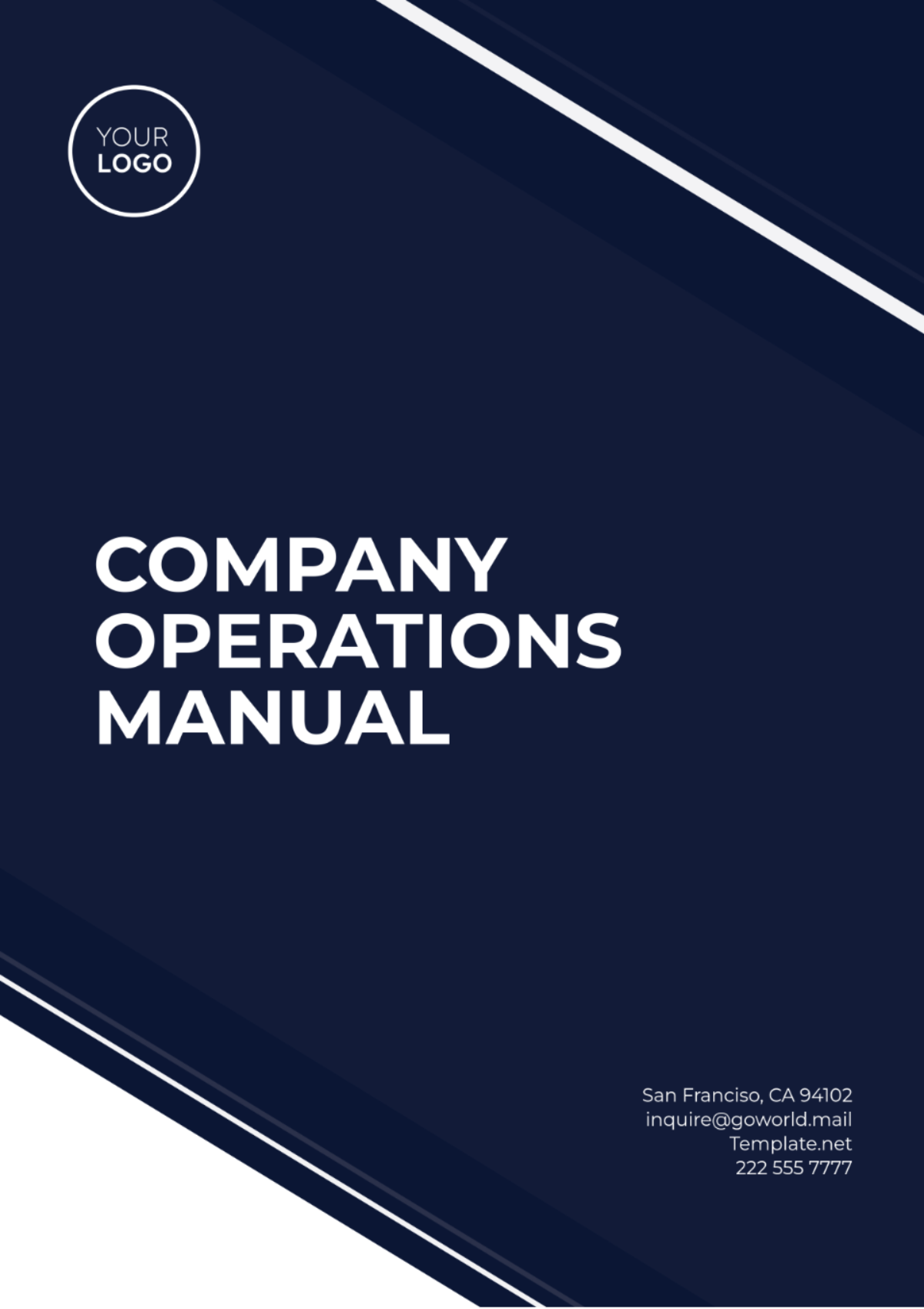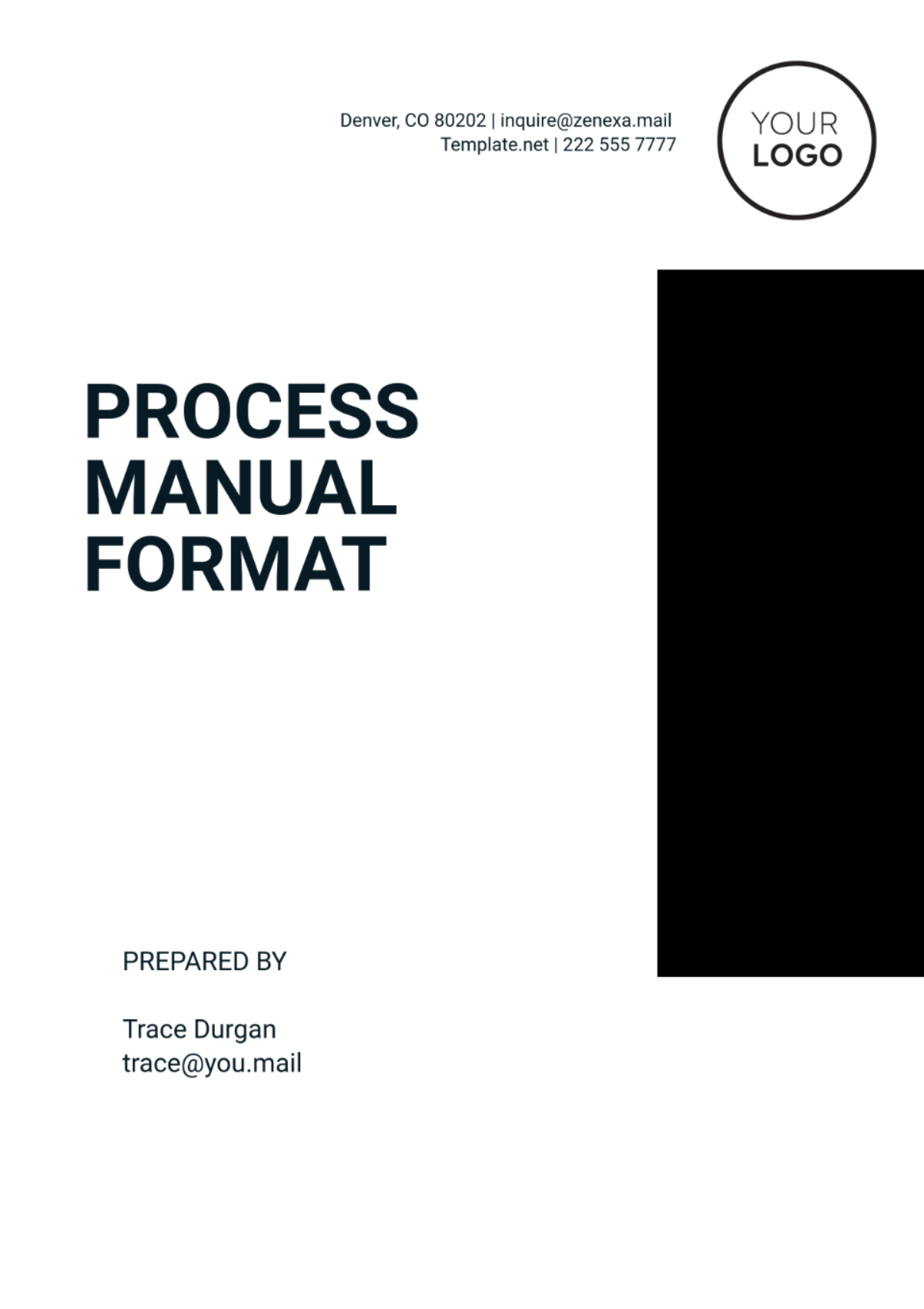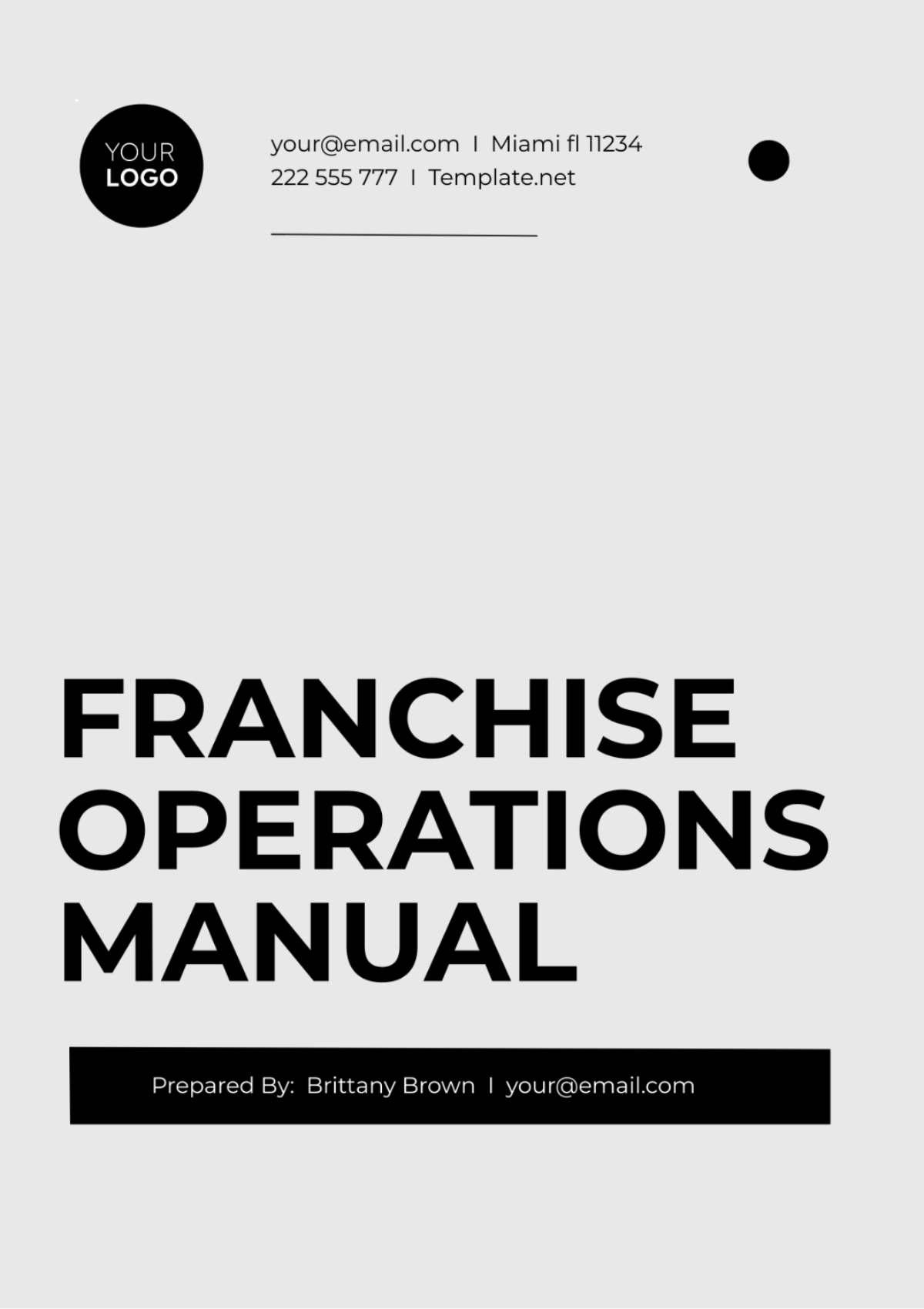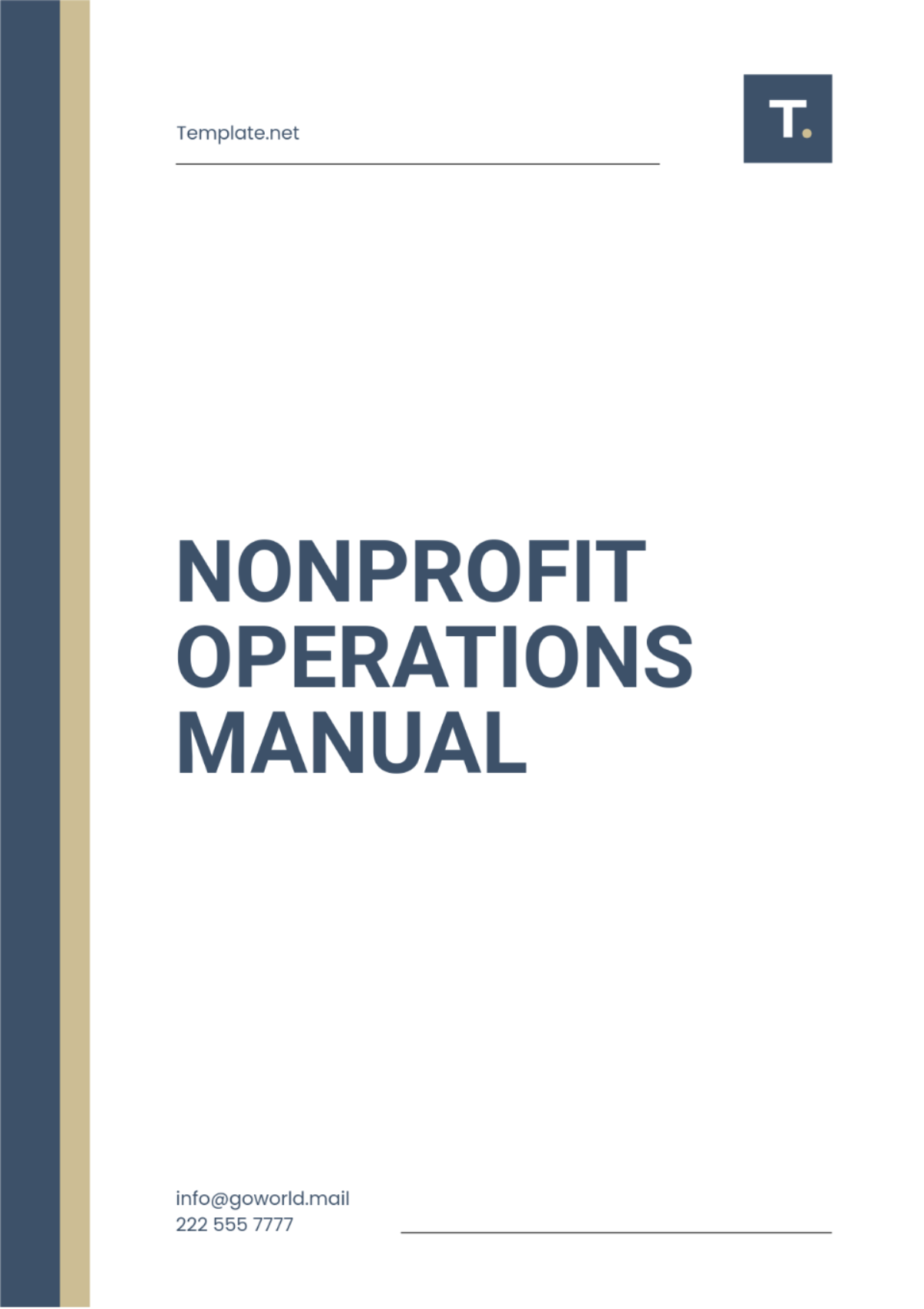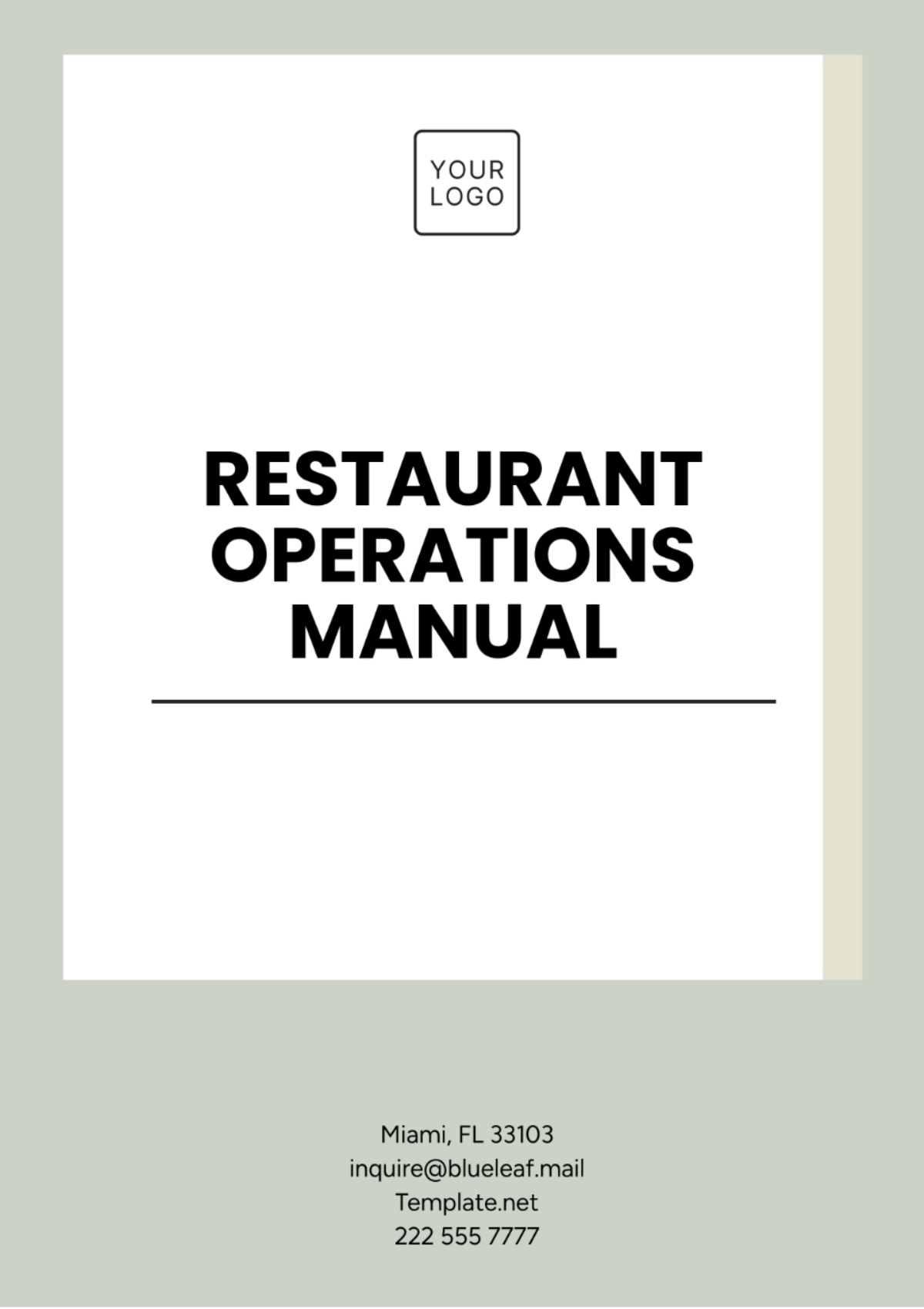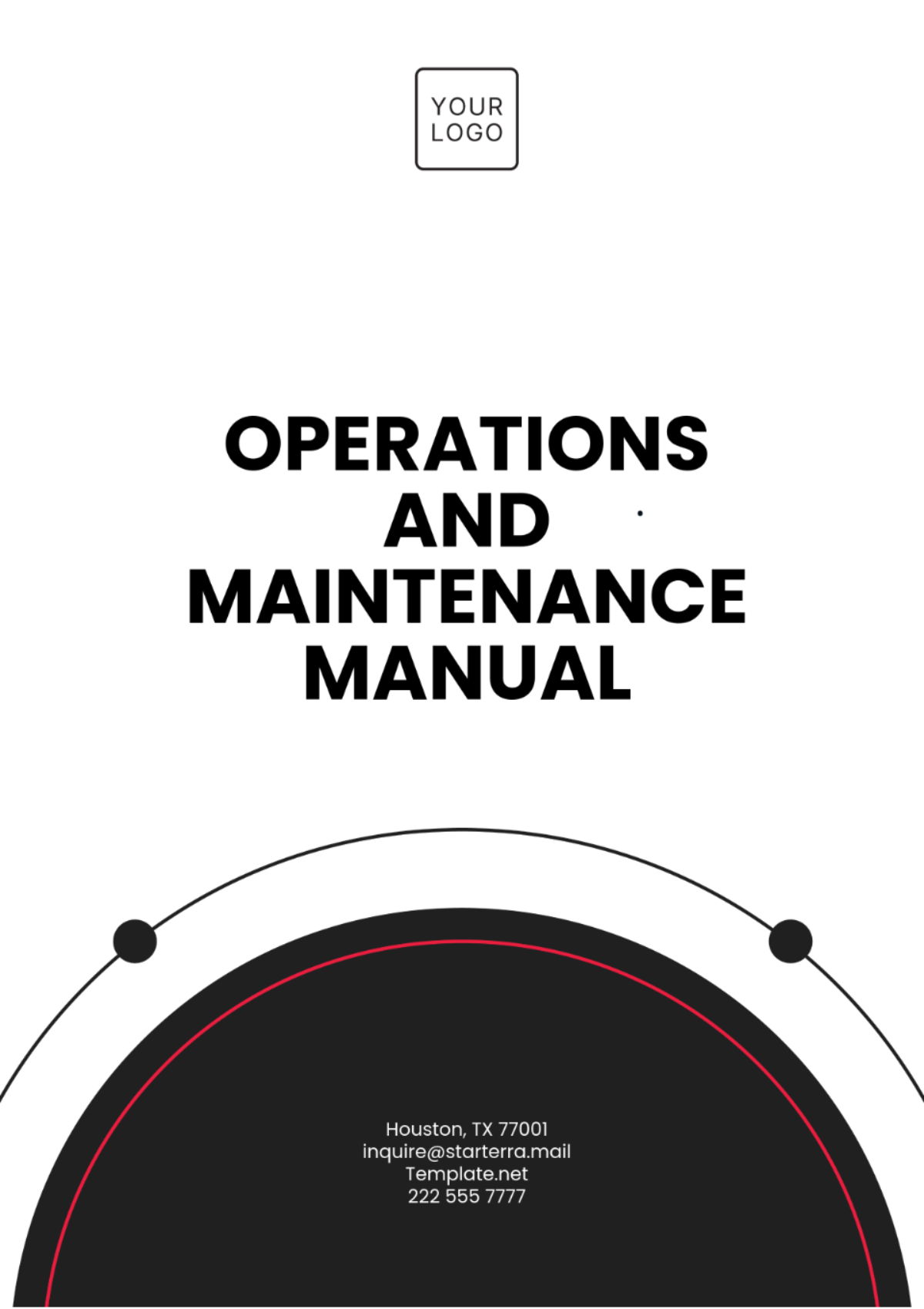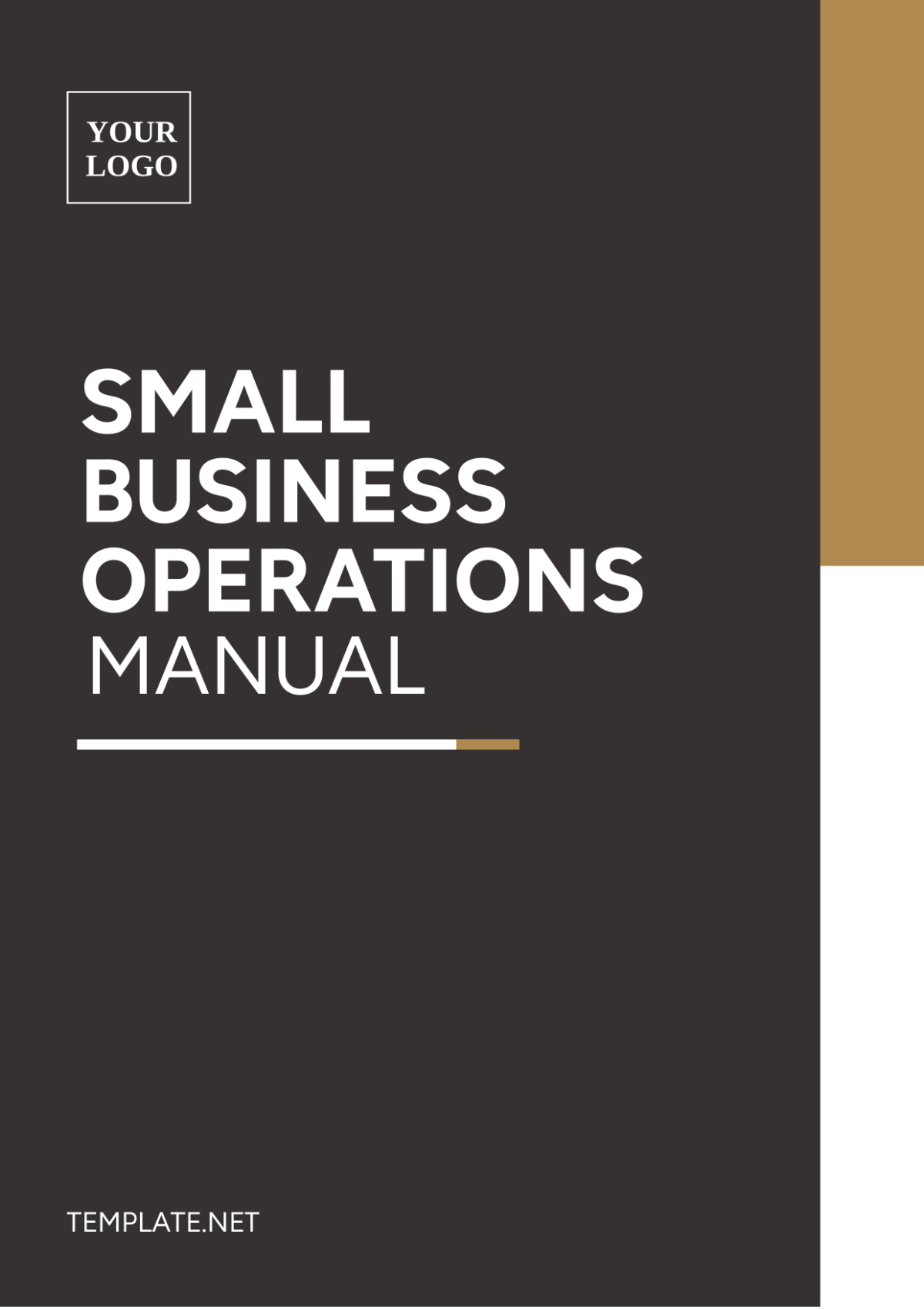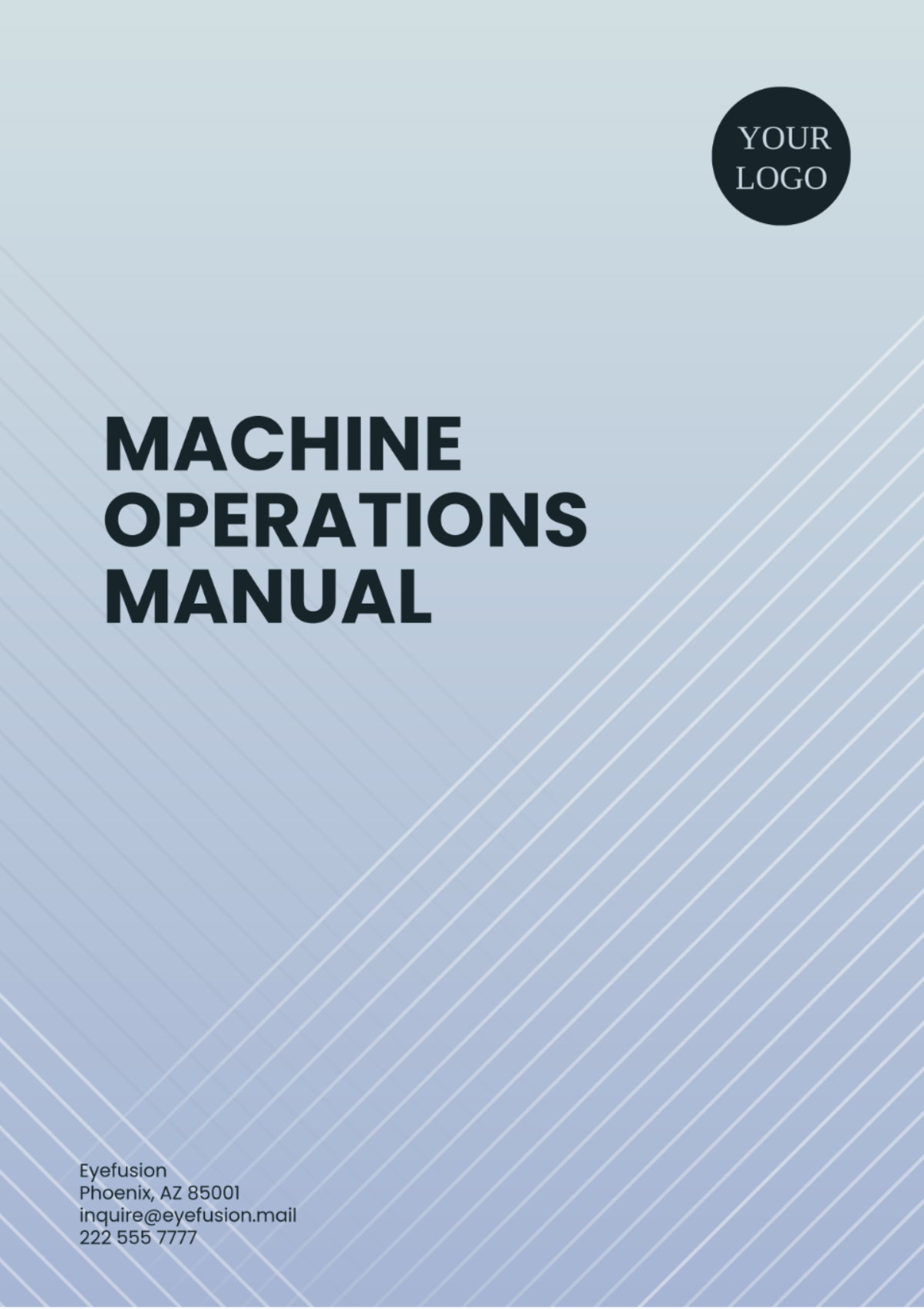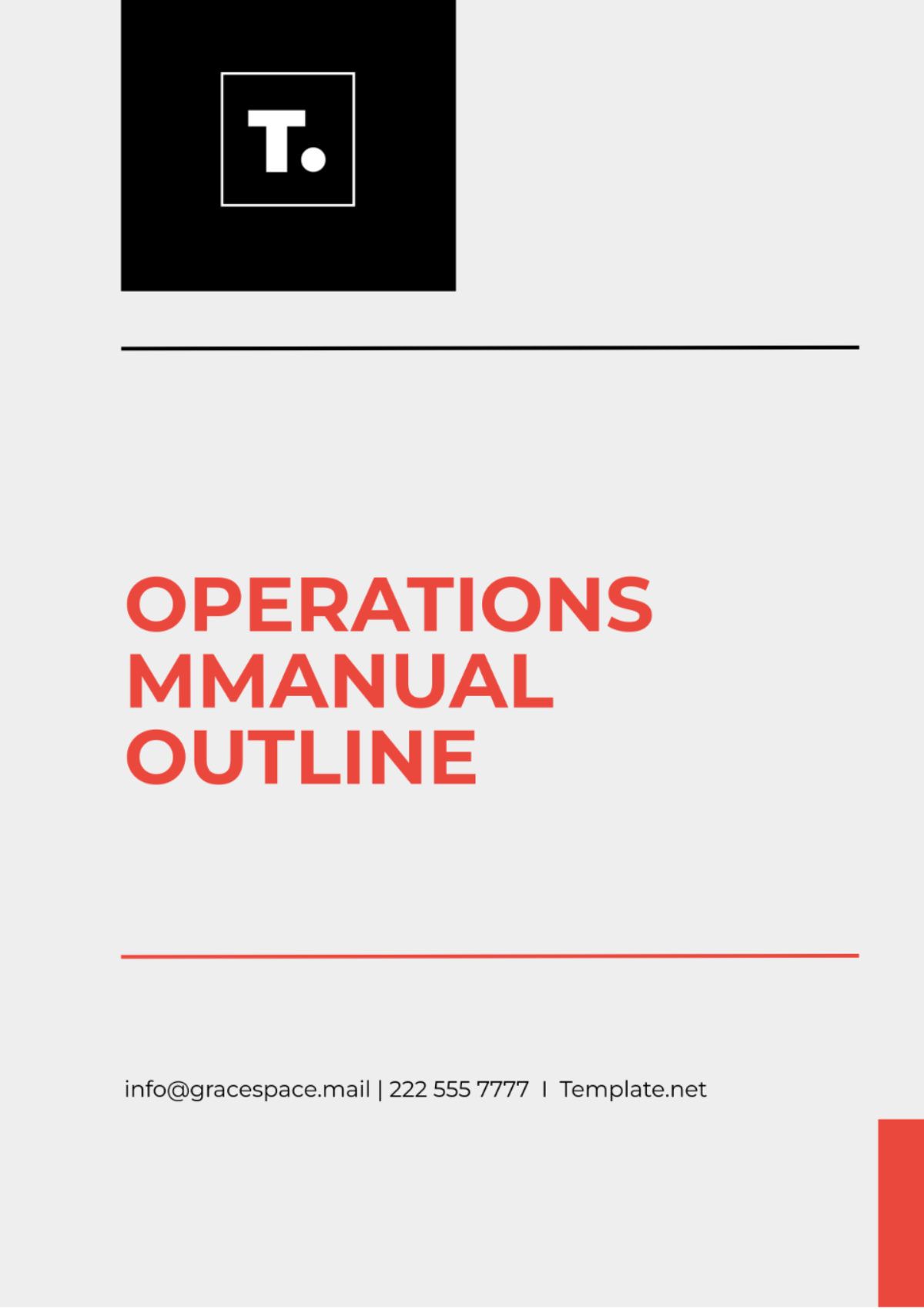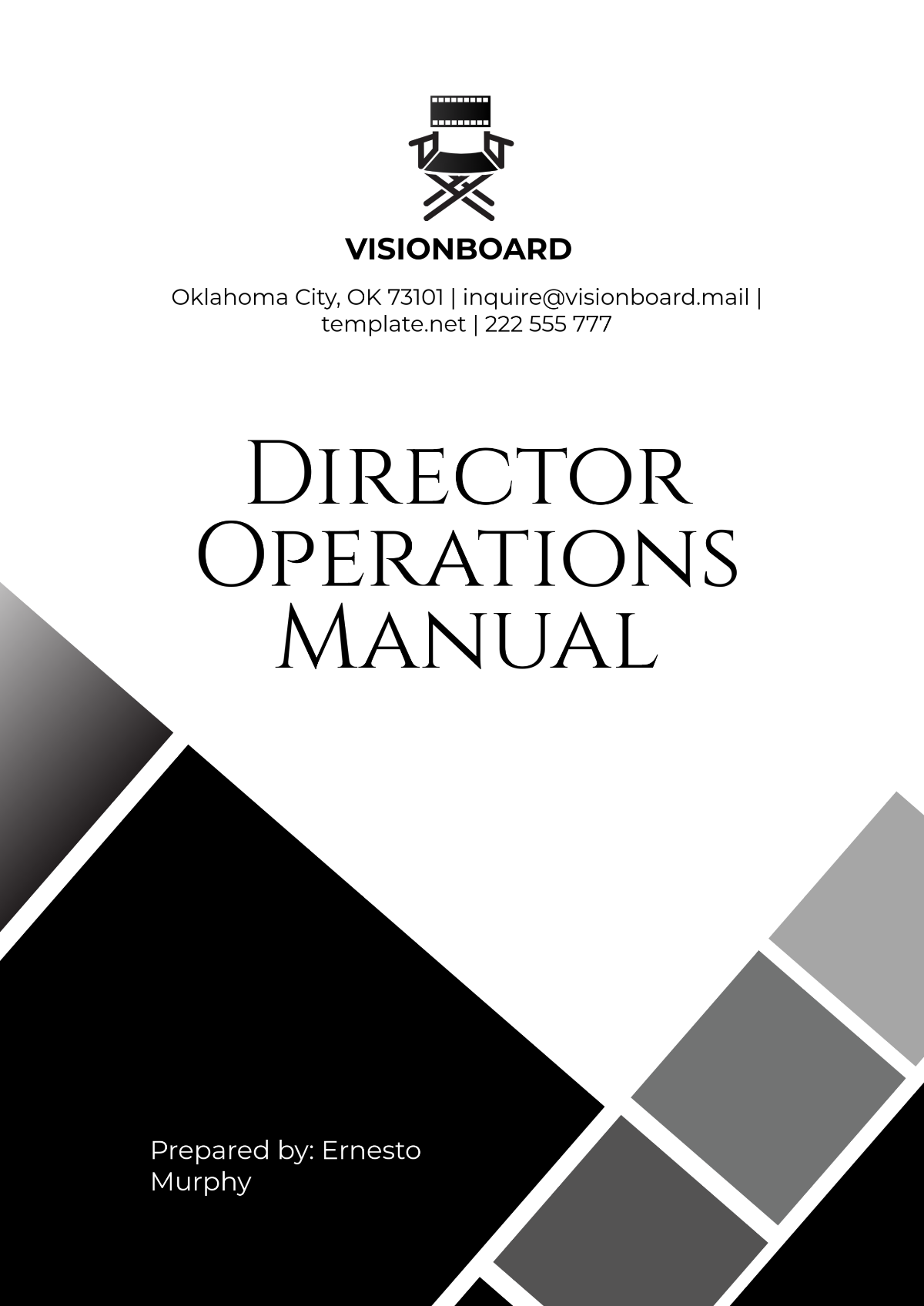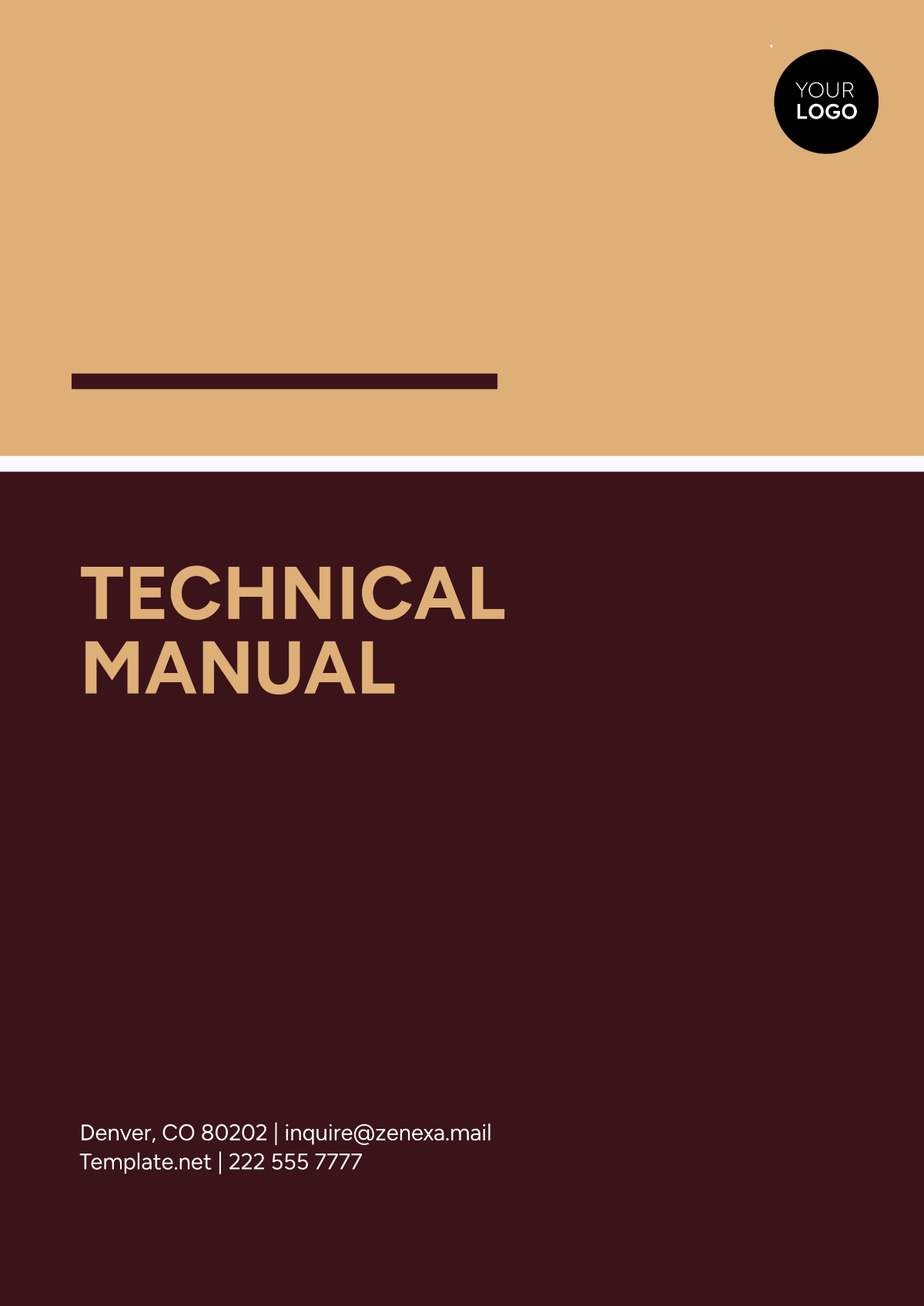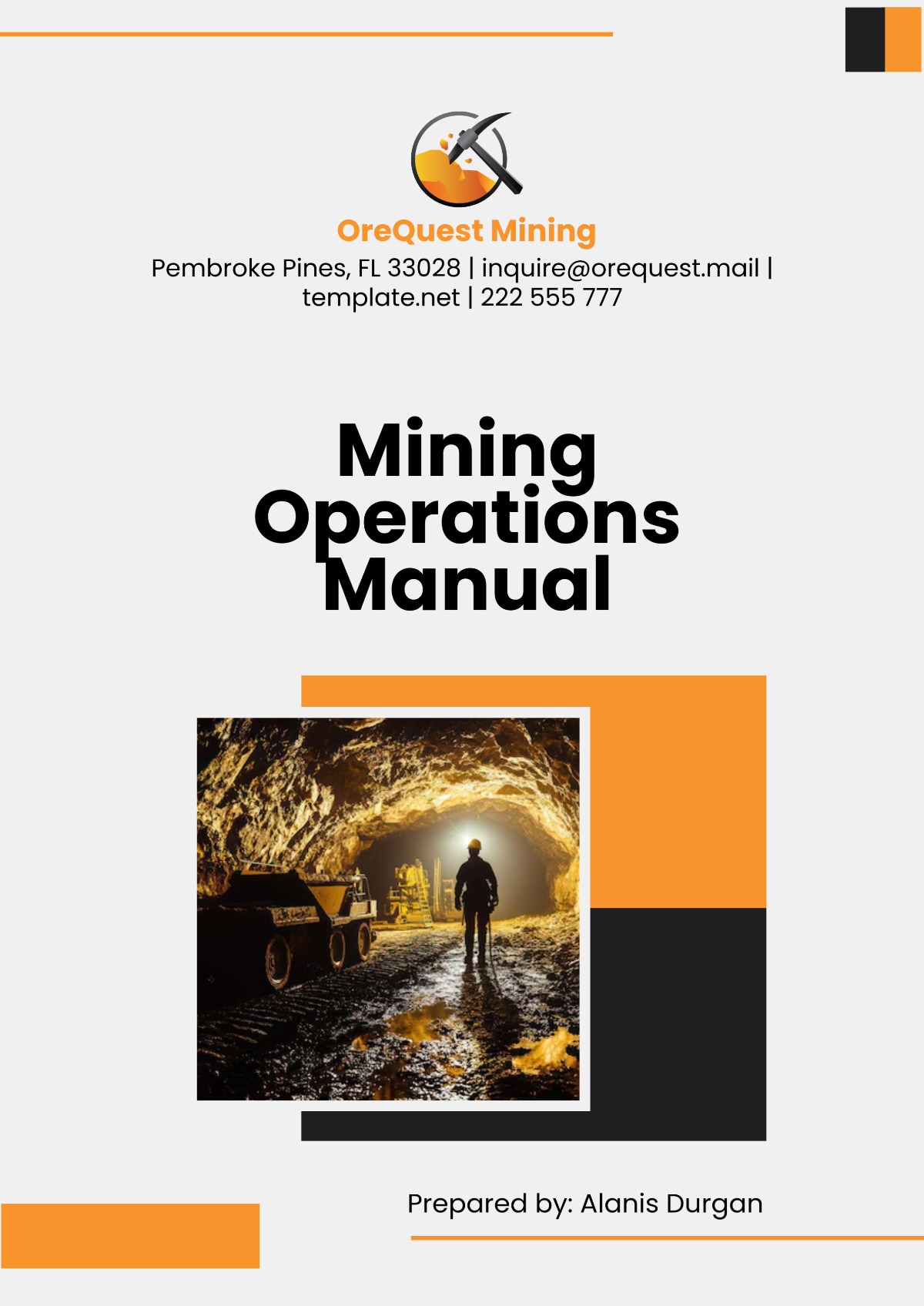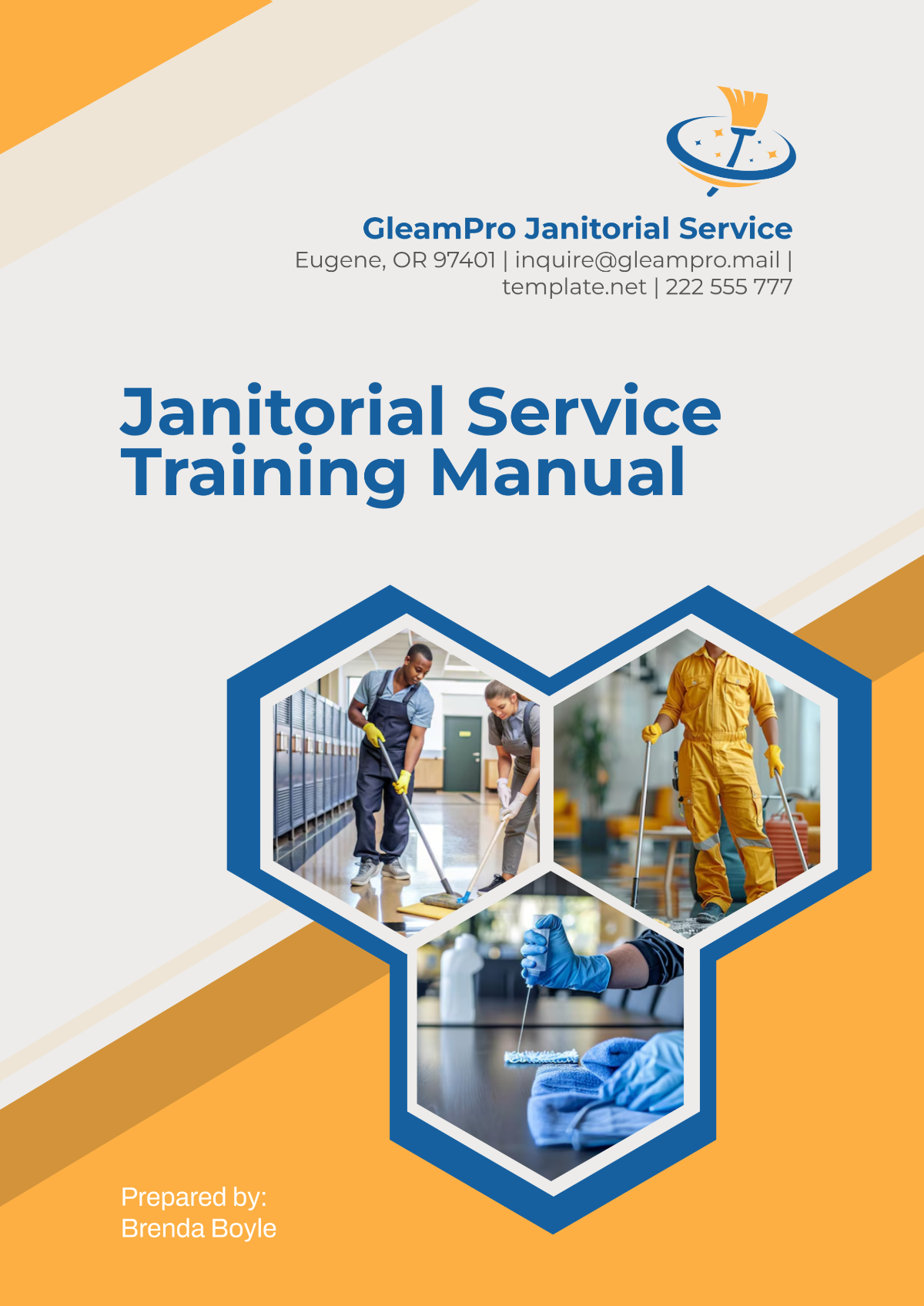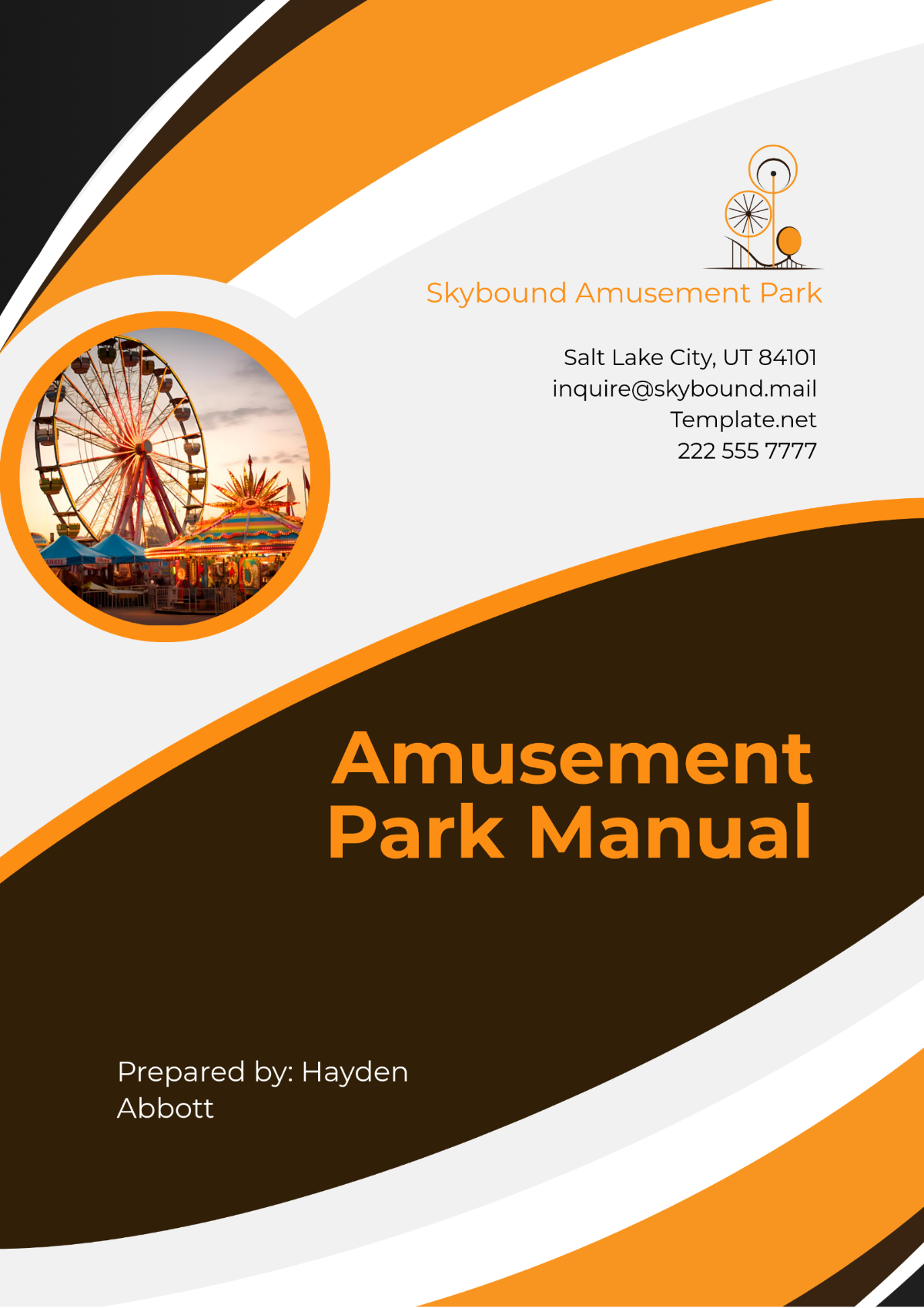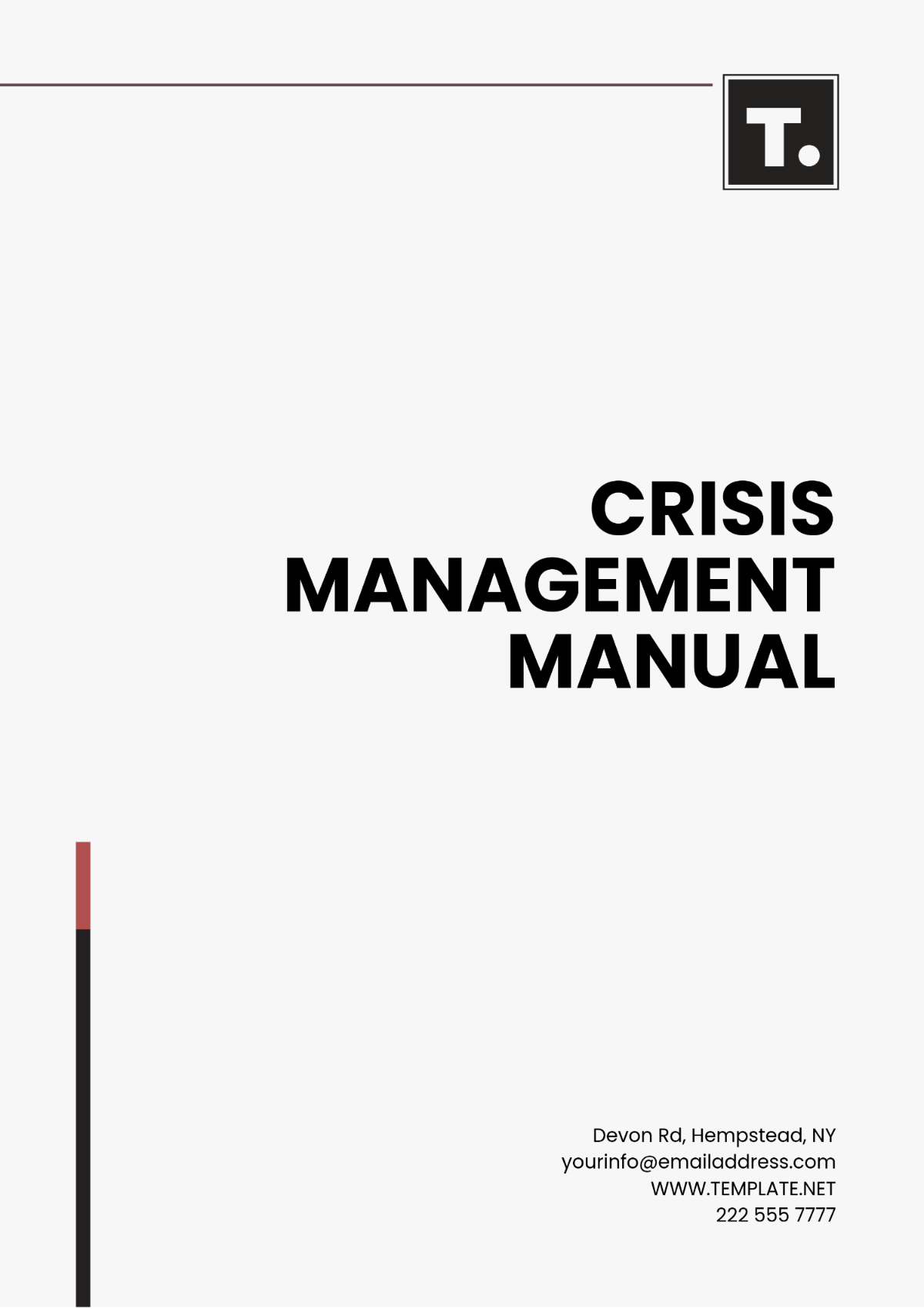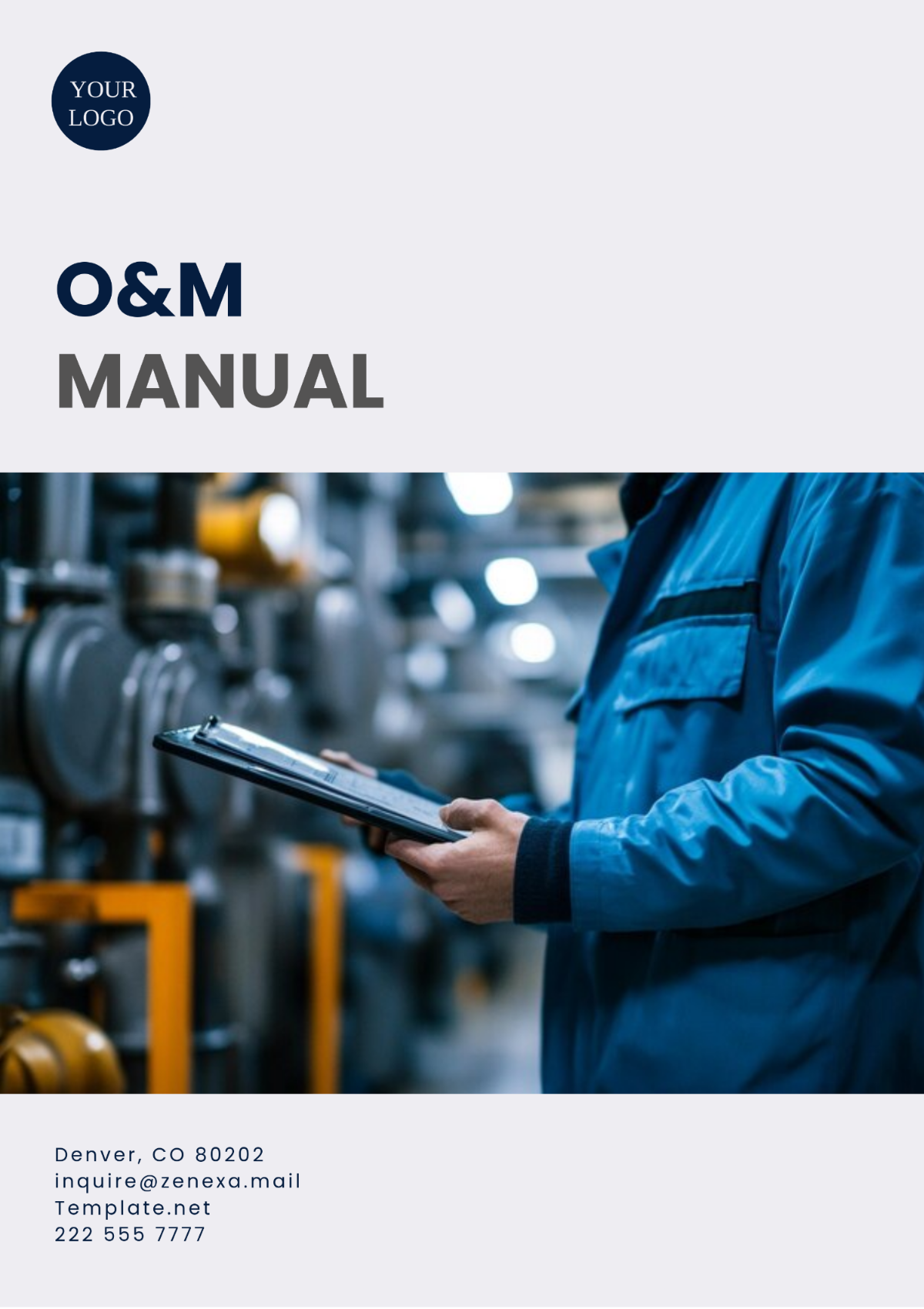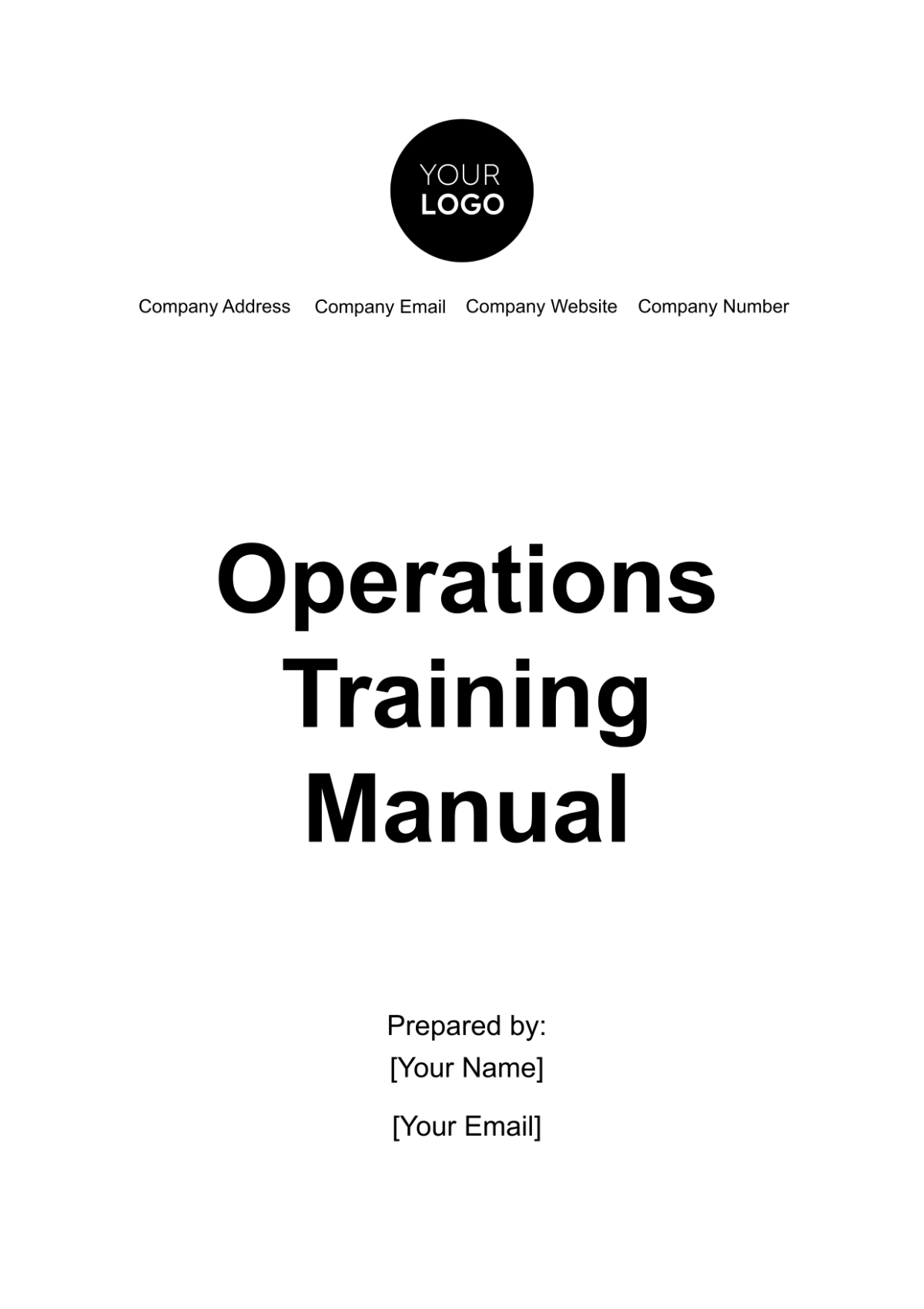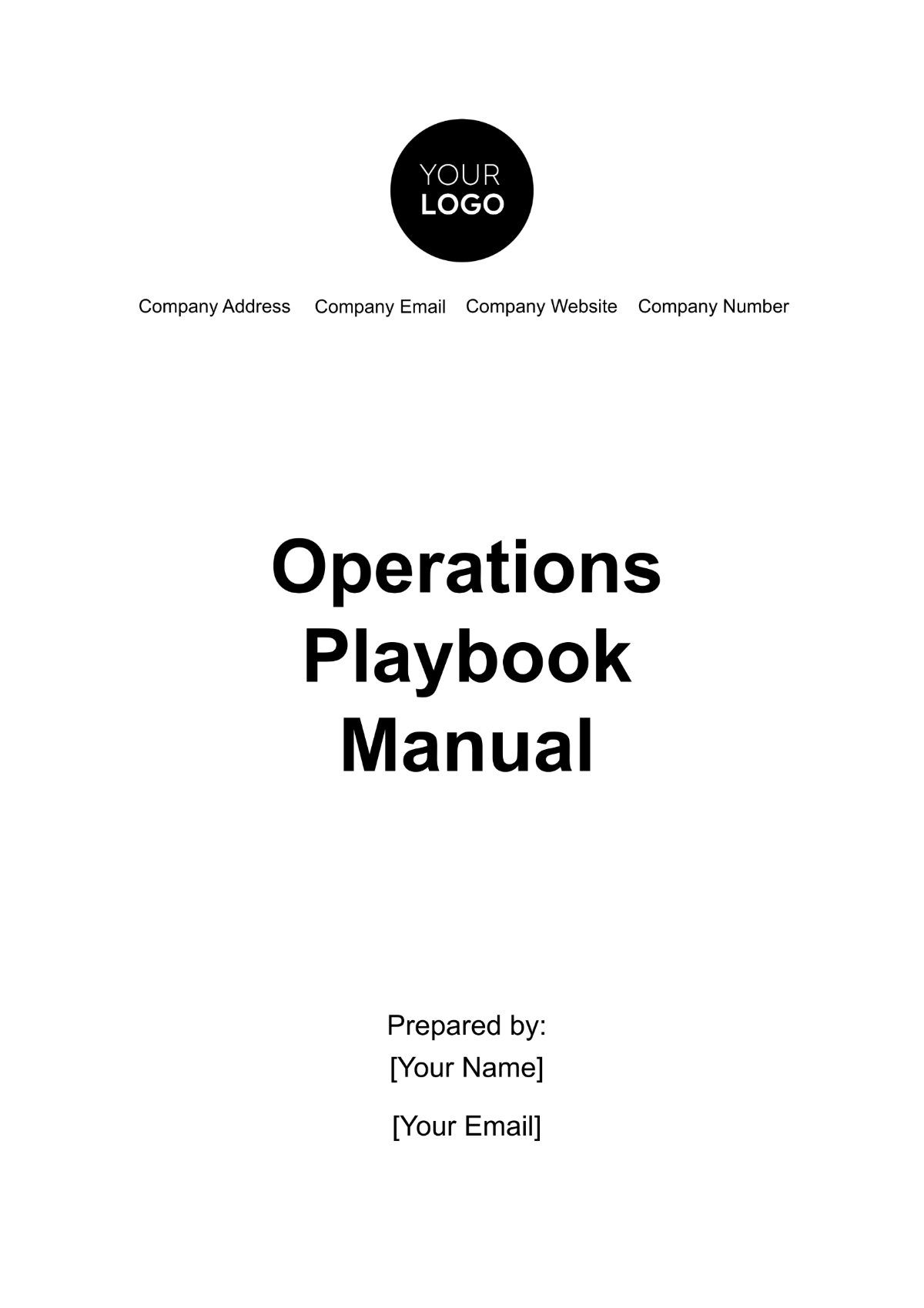Process Optimization Training Manual
Prepared by: [Your Company Name]
Date: [Date]
I. Introduction
This manual is designed to guide employees through the principles and practices of process optimization. In today’s competitive landscape, optimizing processes is essential for maintaining efficiency and ensuring that resources are utilized effectively. This manual provides detailed instructions and methodologies to analyze workflows, identify inefficiencies, and implement improvements to enhance productivity and reduce costs within the organization. By mastering these principles, employees will contribute to a culture of continuous improvement and operational excellence.
II. Objectives
Upon completing this manual, participants will be able to:
Understand the fundamental concepts of process optimization: Grasp the key definitions, theories, and benefits associated with process optimization, including the role it plays in achieving organizational goals.
Learn various techniques for analyzing existing processes: Familiarize themselves with diverse analysis techniques to assess current workflows effectively.
Identify opportunities for process improvement: Develop skills to spot inefficiencies and areas that require enhancements, leading to tangible benefits.
Apply optimization strategies to enhance organizational performance: Implement proven strategies tailored to specific organizational needs, focusing on both short-term gains and long-term sustainability.
Utilize tools and resources to support process optimization initiatives: Leverage technology and methodologies to facilitate optimization efforts, ensuring that employees have the necessary support to succeed.
III. Process Analysis Techniques
Effective process analysis is crucial for identifying areas for improvement. The following techniques will be covered in depth:
A. Flowcharting
Definition: Flowcharting is the process of creating a visual representation of a workflow or process.
Application: Employees will learn how to create flowcharts using software tools, such as Lucidchart or Microsoft Visio, to visualize each step in a process, pinpoint bottlenecks, and facilitate discussions around potential improvements.
Example: An example flowchart illustrating the customer service response process can help teams identify delays in ticket resolution and areas for better resource allocation.
B. Value Stream Mapping
Definition: Value Stream Mapping (VSM) is a lean-management tool that helps visualize the flow of materials and information in a process.
Application: Participants will learn to create value stream maps that highlight key steps in a process, from initial order to final delivery, while identifying waste and non-value-adding activities.
Example: Mapping the order fulfillment process can reveal unnecessary steps that slow down delivery times, allowing teams to streamline operations.
C. Root Cause Analysis
Definition: Root Cause Analysis (RCA) is a method used to identify the fundamental causes of problems or inefficiencies in a process.
Methods: Employees will learn various techniques, including the 5 Whys, Fishbone Diagrams, and Pareto Analysis, to systematically uncover underlying issues.
Example: A team facing high defect rates in production can conduct a root cause analysis to discover whether the issue stems from equipment malfunction, operator error, or inadequate training.
IV. Optimization Strategies
Implementing the right strategies is key to successful process optimization. Some strategies include:
A. Lean Methodology
Focus: Lean methodology aims to eliminate waste in all forms to enhance overall process efficiency.
Techniques: Participants will explore techniques such as 5S (Sort, Set in order, Shine, Standardize, Sustain) and Just-In-Time (JIT) inventory management.
Example: A manufacturing unit might adopt Lean principles to reduce excess inventory and optimize production scheduling.
B. Six Sigma
Focus: Six Sigma emphasizes reducing process variation and improving quality through data-driven decision-making.
Approach: Employees will learn about the DMAIC (Define, Measure, Analyze, Improve, Control) framework to guide process improvement projects.
Example: A service organization can implement Six Sigma to reduce error rates in billing processes, resulting in improved customer satisfaction.
C. Kaizen
Focus: Kaizen is a Japanese term meaning "continuous improvement," emphasizing small, incremental changes over time.
Implementation: Employees will be encouraged to adopt a mindset of continuous improvement, regularly suggesting and implementing minor enhancements in their work areas.
Example: A team might conduct weekly Kaizen events to discuss and implement small changes, leading to significant cumulative benefits over time.
V. Case Studies
Analyze the following case studies to understand how organizations have successfully implemented process optimization:
Case Study 1: Manufacturing Plant A
Description: Reduced assembly line downtime by 30% using Lean principles. By implementing 5S practices and maintaining equipment through scheduled maintenance, Plant A achieved smoother operations and higher output.
Case Study 2: Service Provider B
Description: Improved customer service response time by implementing Six Sigma. By analyzing response times and applying the DMAIC framework, Service Provider B decreased average response times from 24 hours to 8 hours, significantly enhancing customer satisfaction.
Case Study 3: Retail Company C
Description: Increased inventory turnover by 25% through Value Stream Mapping. By analyzing the supply chain and removing unnecessary steps, Retail Company C was able to respond more quickly to customer demands, improving sales and reducing holding costs.
VI. Tools and Resources
Utilize the following tools and resources to aid in process optimization:
Process Mapping Software: Tools like Lucidchart or Microsoft Visio for creating flowcharts and value stream maps. Training will include hands-on workshops to familiarize employees with these tools.
Data Analysis Software: Software such as Minitab or IBM SPSS for statistical analysis and decision-making. Employees will participate in training sessions to learn how to interpret data effectively.
Training Workshops: Attend workshops on Lean, Six Sigma, and other methodologies. A schedule of upcoming workshops and recommended external courses will be provided in this section.
Online Resources: Links to relevant online courses, articles, and webinars to encourage continuous learning and application of process optimization principles.
VII. Assessment and Evaluation
Continuous assessment and evaluation are vital to maintaining optimization efforts:
Regularly Review Process Performance Metrics: Establish key performance indicators (KPIs) to monitor the success of optimization initiatives. Teams should schedule monthly reviews to assess progress.
Conduct Periodic Audits: Implement an audit schedule to ensure adherence to optimized processes and identify areas for further improvement.
Solicit Feedback from Employees: Encourage employees to provide feedback through surveys and suggestion boxes. Regular feedback sessions can help identify new opportunities for process improvement.
VIII. Appendices
The appendices provide additional information and templates to support your process optimization efforts:
Appendix A: Flowchart Templates: Blank templates and examples for creating flowcharts relevant to various processes.
Appendix B: Root Cause Analysis Worksheets: Tools to guide teams through the RCA process, including step-by-step instructions and example scenarios.
Appendix C: Sample Process Improvement Plans: Templates for developing actionable plans for process improvement initiatives, complete with timelines, responsible parties, and performance metrics.
Appendix D: Glossary of Terms: Definitions of key terms and jargon related to process optimization to aid understanding and communication.
Appendix E: Additional Reading: A list of recommended books, articles, and case studies for further exploration of process optimization concepts.
